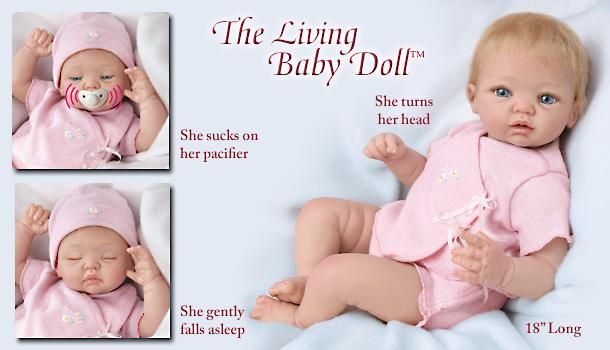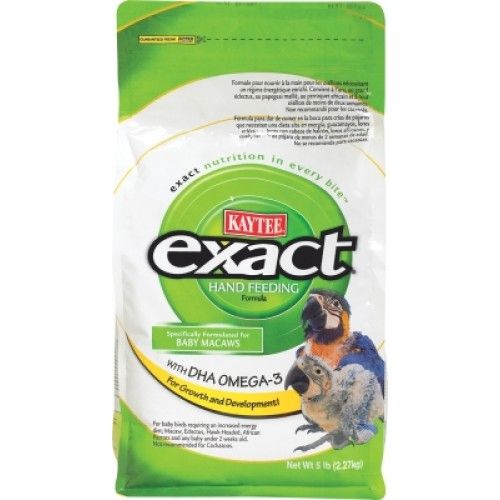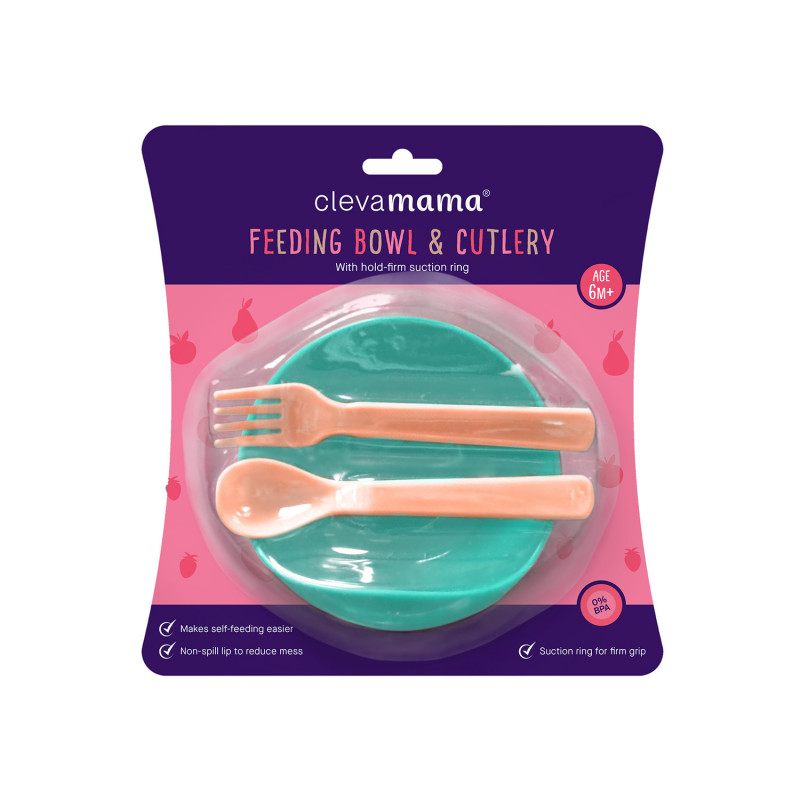Iron rich foods vegetarian babies
Best Iron Rich Foods for Babies and Toddlers (50+ recipes)
Regardless of which feeding approach you choose, purees or baby led weaning, introducing iron rich foods from the start is extremely important. Here is a list of top foods and recipes for babies and toddlers.
Jump to:- Best Sources of Iron for Babies and Toddlers
- Iron for babies and toddlers
- How much iron does a baby or toddler need?
- Signs of iron deficiency anemia
- Top Tips to help increase iron level
- Best Vitamin C Rich foods
- Iron-Rich Food Ideas for Vegetarian Babies and Toddlers
- Frequently Asked Questions
- Iron-rich recipes for Babies and Toddlers
- 3 Month Meal Plan for Babies
Best Sources of Iron for Babies and Toddlers
There are two types of iron, heme (from animal products) and non-heme (found in plant foods).
While heme iron is better absorbed by the body than non-heme iron, that doesn't mean you should focus all your efforts on serving meat to your child.
Always aim for variety and be sure to offer an iron-rich food at every meal! There are plenty of choices as listed here that will help meet your baby's needs.
Heme IronClick on any of the links to learn exactly how to cook and serve the specific food to your baby!
- Red meat (beef, lamb, pork, venison. Chicken liver and other organ meats contain the highest)
- Chicken
- Turkey
- Eggs
- Seafood (salmon, sardines)
Non heme Iron
- Lentils
- Beans (particularly white, chickpeas, kidney beans)
- Tofu
- Nuts and seeds (particularly almonds, cashews, pine nuts, hemp, flax, sesame, and pumpkin seeds)
- Dark green leafy vegetables
- Whole grains - (particularly amaranth, spelt, oats, and quinoa)
- Fortified baby cereals
Iron-Rich Vegetables
- Dark leafy greens – Dandelion, swiss chard, collard, kale, spinach, beet greens
- Baked potato
- Asparagus
- Broccoli
- Cabbage
- Peas
- Mushrooms
- Tomato paste - raw tomatoes contain very little iron.
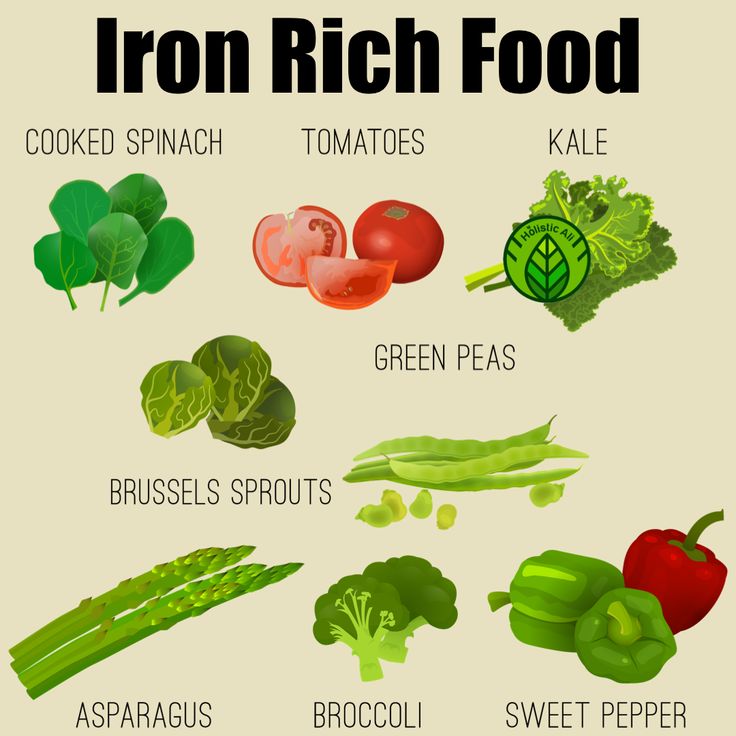 But when dried or concentrated, they are a great source!
But when dried or concentrated, they are a great source!
Iron-Rich Fruits
Generally, fruits are not good sources. These are the top choices:
- Prune juice
- Dried fruits (particularly apricots, dates, figs, raisins)
But a lot of fruits contain vitamin C, which will aid in iron absorption.
Iron for babies and toddlers
Iron is essential for producing red blood cells that carry oxygen from the lungs to all parts of the body. It’s also important for optimal brain development.
Iron is also one of the primary reasons that we start solid foods when we do. Babies are born with iron stores built up during their time in the womb. And this is why moms need to maintain a healthy iron status during pregnancy.
But by 6 months of age, it becomes depleted. At the same time, their iron needs increase drastically to support their rapid growth and development.
Inadequate iron intake in infanthood and childhood can lead to cognitive, including decreased attention and memory, as well as behavioral impairment, such as delayed attention, social withdrawal, and learning difficulties.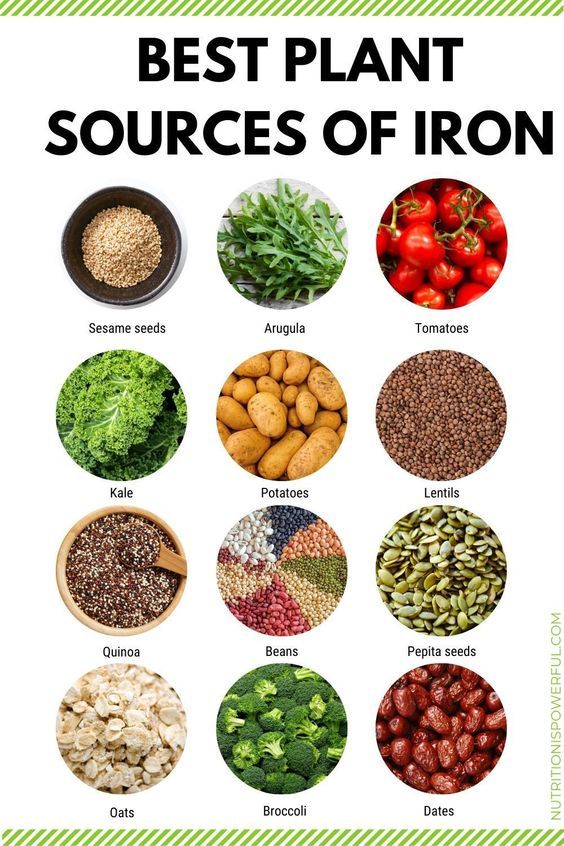
Top foods for 8 month old baby
How much iron does a baby or toddler need?
From the American Academy of Pediatrics:
- Birth-6 months: .25 mg
- 7-12 months: 11 mg
- 1-3 years: 7 mg. While there's so much focus on iron for babies, toddlers deserve the same degree of attention. Research shows that this age group have the lowest daily iron intake of any age group across the lifespan.
To give you context:
- 3 ounces steak: 2.5 mg of iron
- ¼ cup cannellini beans: 2 mg
- ½ of egg: .5 mg
- 3 tablespoons fortified infant oat cereal: 5 mg
- 3 ounces chicken liver: 9.9 mg
- 3 ounces salmon: .8 mg
- ¼ cup cooked spinach: 2 mg
- 2 ounces chickpea pasta: 3 mg
- ¼ cup raw tofu: 1.6 mg
- 1 teaspoon hemp seeds: .32mg
- ¼ cup cooked lentils: 2 mg
- 2 tbs peanut butter: .6 mg
Now please don’t start calculating and keeping track of how much your baby is getting daily.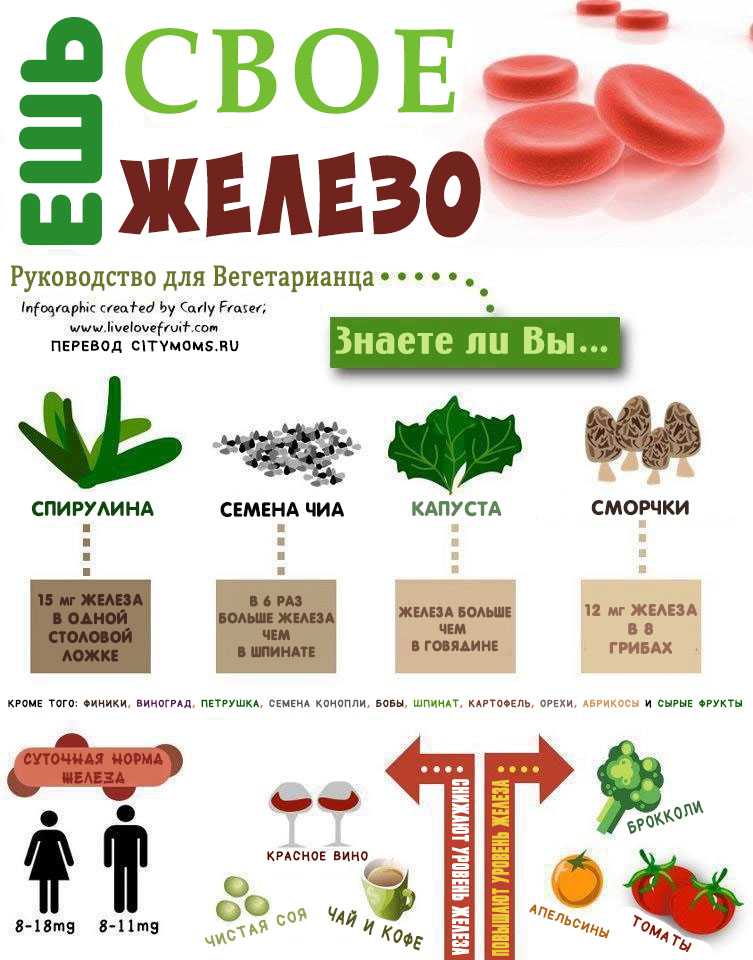 Nor stressing about what inhibits iron and what doesn’t.
Nor stressing about what inhibits iron and what doesn’t.
This will just drive you crazy and lead to lots of anxieties and worries, especially if you are doing baby led weaning and following your baby’s lead.
And don't worry! Your baby won't need 11 mg of iron right away. It is not like once your baby hits 6 months, their iron reserve is completely depleted. It's a gradual process.
What I encourage you to do, once again, is focus on including an iron-rich food at every meal! All those little bites will add up. And as they have more practice with eating, they will be able to meet their iron needs.
- Fatigue, weakness
- Slow weight gain
- Pale skin
- Irritability (cranky, fussy)
- Shortness of breath
- Cold hands or feet
- No appetite
- For toddlers: difficulty in concentration, shorter attention span
Best First Foods for babies
Top Tips to help increase iron level
- Iron from animal products (heme iron) is absorbed better in the body.

- Be sure to combine plant-based iron (non-heme iron) with vitamin-C rich foods.
- It’s true that calcium inhibits the absorption of iron, but there's no need to go out of your way to make sure you absolutely don’t serve calcium-containing foods with iron-rich foods. There are so many factors that affect iron absorption. Calcium is just one of them. What I do recommend is to not serve both at every single meal. .
- For toddlers, don't serve too much milk.
- Choose fortified products, such as fortified infant cereal or bread.
- Use a cast iron pan: cooking foods in cast iron cookware may increase the iron content of meals by up to 16%
Best Vitamin C Rich foods
- Oranges
- Grapefruit
- Kiwi
- Berries
- Cantaloupe
- Mango
- Pineapple
- Plums
- Tomatoes
- Bell peppers
- Broccoli
- Brussels sprouts
- Kale
- Peas
- Squash
Iron-Rich Food Ideas for Vegetarian Babies and Toddlers
Again, ALWAYS pair non-heme iron sources with Vitamin C rich food.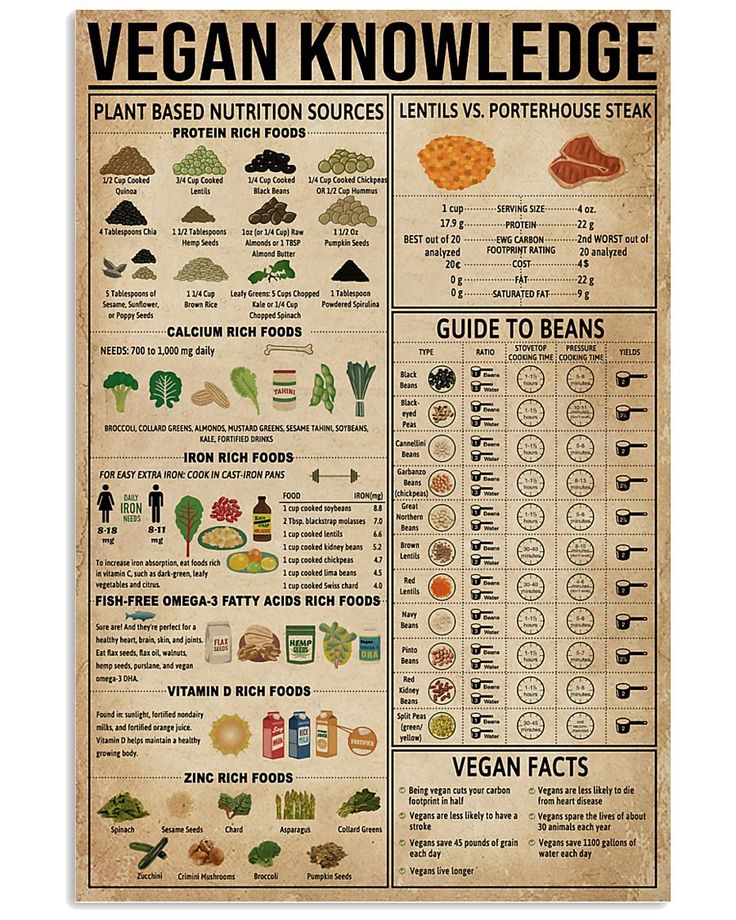 I can't emphasize this enough!
I can't emphasize this enough!
- Pumpkin seed hummus spread on whole grain toast with strawberries
- Iron-rich sauce tossed with legume-based pasta
- Oatmeal with peanut butter, hemp seeds, and mango puree
- Mashed beans with finely chopped kale and quinoa
- Tofu with broccoli and tomato
- Hummus spread on bell pepper strips
- Mashed edamame with sweet potatoes (as a finger food or mashed)
- Lentils with finely chopped broccoli, tahini, garlic powder
- Infant oatmeal cereal with ground flax seeds and sunflower seed butter
Frequently Asked Questions
Does your baby need an iron supplement?
As you can see, the recommended intake is really high relative to how much food they’re likely to eat. If you've decided to do baby led weaning, you may be especially concerned as not much food will actually make it into your baby's belly during the first days, weeks of starting solids.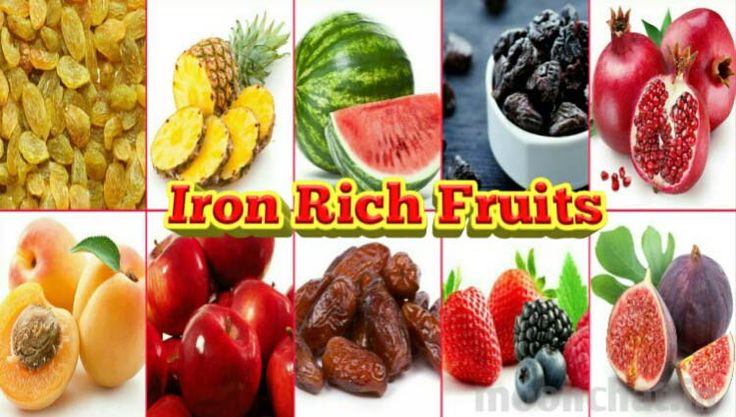
As long as you're offering an iron-rich source at every meal along with breast milk and/or infant formula, your baby will likely continue to meet their needs as they wean.
However, it's always best to consult with your healthcare provider, especially if your baby is not developmentally ready to start solids at around 6 months.
Routinely, hemoglobin levels are checked starting at 12 months, usually. But you can always ask to have it checked earlier and supplement accordingly.
What you don't want to do is automatically supplement on your own as it can cause more harm than good, if not necessary. The same goes for toddlers. If they've become really fussy and rejects most or all iron-rich foods, then bring this up to your doctor.
Can babies get enough iron from a vegetarian diet?
Facts: Iron from heme found in animal sources is absorbed better than iron from non-heme or plant sources. There are also many compounds found in plant foods, such as phytates and tannins, that reduce iron absorption.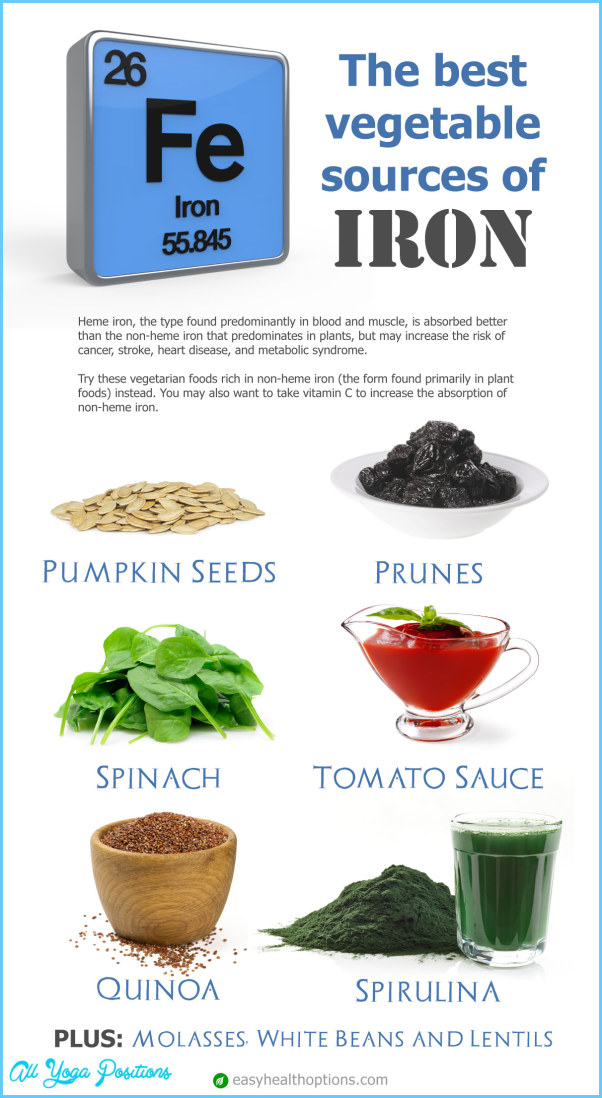
Therefore, the recommended dietary intake for iron for vegetarians is 1.8 times higher than for meat eaters.
Knowing this, If your family is a vegetarian, you may be concerned that your baby is at an even greater risk for iron deficiency.
However, the good news is there are so many great food sources, and with some planning, plant-based diets can be adequate in iron. Check out the tips section above.
Should infant rice cereal be a baby's first food?
Perhaps you were recommended by your doctor, family, or friends to start with iron-fortified rice cereal. This is outdated advice. While it is suitable, your baby does NOT need to start with rice cereal.
It's also high in arsenic, which you want to try to limit as much as possible. That’s not to say you shouldn’t give your baby rice at all, as it is a main staple in so many cultures, but you do want to be mindful.
Having said this, fortified infant cereal is a great option to help meet your baby's nutritional needs. Look for ones made with whole grains, like oat, barley, quinoa, and buckwheat.
Look for ones made with whole grains, like oat, barley, quinoa, and buckwheat.
Iron-rich recipes for Babies and Toddlers
Breakfast/Snacks
Easy Quinoa Baby Cereal (4 Ways)
Making homemade baby cereal or porridge is SO easy and inexpensive! If you've only been serving rice or oat-based cereals, give this iron-rich quinoa version a try!
Get the recipe
Homemade Baby Oatmeal
Learn how to cook the perfect oatmeal for baby. It's easy, fast, and loaded with vegetables! Serve as is or shape into fingers or balls, baby led weaning style!
Get the recipe
Healthy Pumpkin Oatmeal Bars
These healthy oatmeal pumpkin bars are high in protein and low in sugar. A healthy no fuss breakfast or snack for your baby and toddler.
Get the recipe
3 Ingredient Baby Cookies
3 ingredients are all you need to make these soft and delicious vegan banana oatmeal cookies.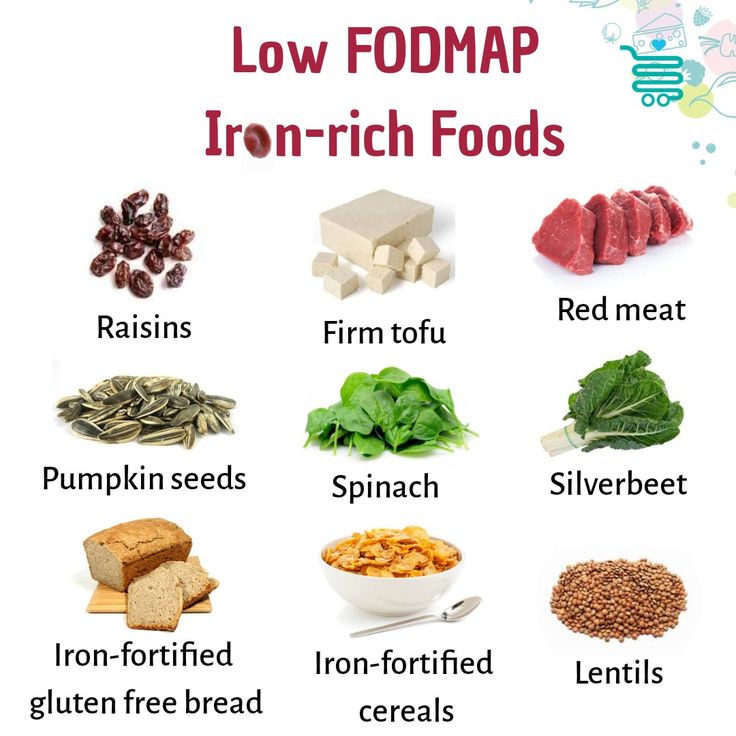 They are the perfect breakfast or snack for babies!
They are the perfect breakfast or snack for babies!
Get the recipe
2 minute egg oatmeal
These microwave egg oatmeals for babies, toddlers, kids, (and adults!) are SUPER easy to make and come together in 2 minutes! Enjoy as a filling protein and fiber-rich breakfast or snack.
Get the recipe
Savory Baked Oatmeal with Vegetables
This savory baked oatmeal is so easy to make and a great way to enjoy vegetables for breakfast! Perfect for baby led weaning and lunchboxes.
Get the recipe
Pumpkin Seed Spinach Hummus
this spinach hummus with pumpkin seeds instead of tahini is a healthy snack or meal for babies and toddlers. It is so versatile and here are some ways to serve it to your family.
Get the recipe
Vegan vegetable quinoa muffins
Made with healthy ingredients like broccoli, carrots, and quinoa, these egg and dairy-free vegetable muffins with quinoa are perfect for baby led weaning and school lunchboxes.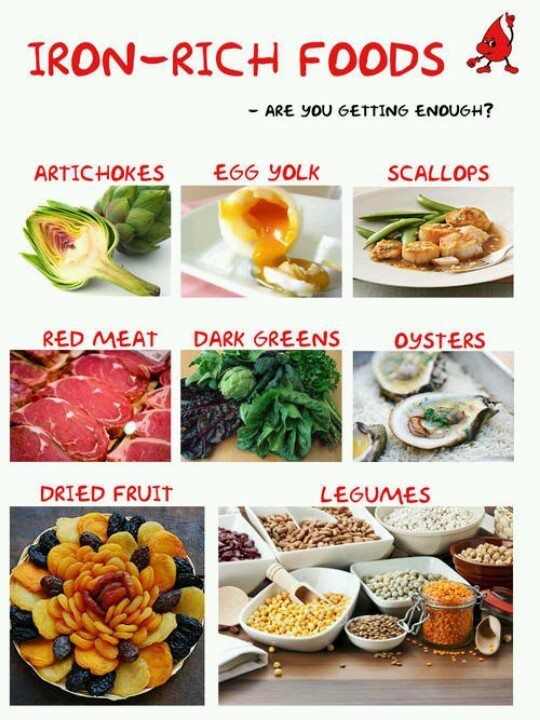
Get the recipe
Chickpea Patties (gluten free)
These flavorful chickpea patties with quinoa are easy to make with simple pantry staples. Shape them into patties or even nuggets
Get the recipe
Vegetable Omelette
Nutritious and easy to make, this baby-friendly omelette made with whatever veggies you have on hand is the perfect breakfast/snack for babies and toddlers!
Get the recipe
Healthy Sweet Potato Cookies
These super moist sweet potato cakes made with just 5 simple ingredients, including chickpeas, oats, and chia seeds, are perfect for babies and toddlers.
Get the recipe
Healthy Beet Muffins for Babies
Made entirely with healthy ingredients, like beans, peanut butter, and no added sugar, these blender muffins can be enjoyed as breakfast, snack, or added to lunchboxes!
Get the recipe
Moist Spinach Muffins
These healthy spinach muffins with banana are fluffy and moist in texture and packed with nutrition.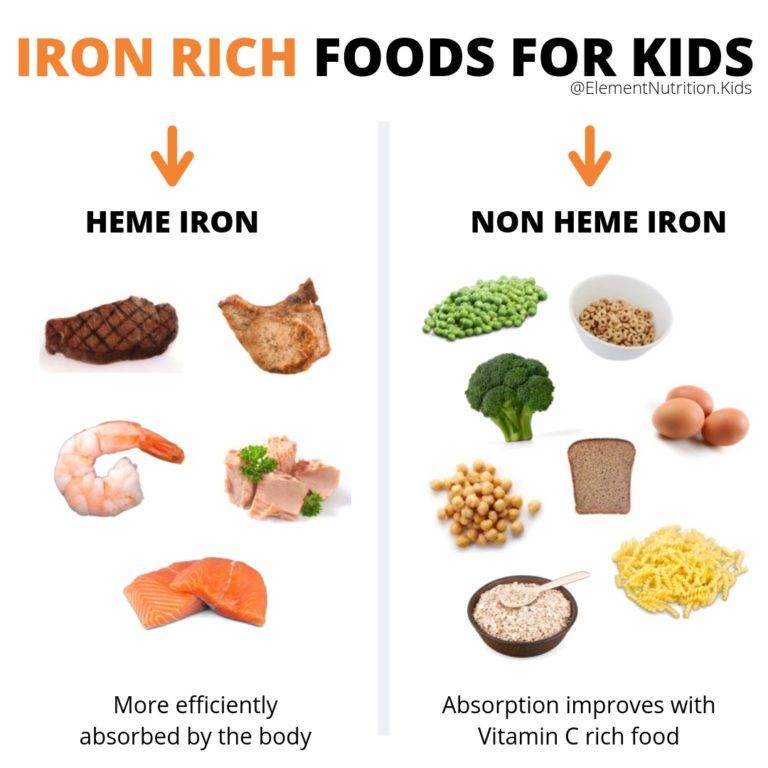 They are perfect for babies and kids.
They are perfect for babies and kids.
Get the recipe
Healthy Pumpkin Banana Muffins
These healthy pumpkin banana muffins are super moist and have the perfect balance of natural sweetness and warm fall flavors
Get the recipe
Beetroot Dip with chickpeas
4 nutritious ingredients, a food processor/blender, and dippers are all you need for this smooth, creamy, and vibrant beetroot dip for babies and toddlers!
Get the recipe
Tofu Veggie Scramble
Vegetarian breakfast of champions - tofu veggie scramble! It's a hearty and delicious plant-based alternative to scrambled eggs that your family can enjoy for breakfast, lunch, or dinner!
Get the recipe
Overnight Oats or Quinoa
These super easy and healthy sweet overnight oats or quinoa are the perfect make-ahead breakfast or snack for the whole family. Feel free to customize with your favorite add-ins and toppings!
Feel free to customize with your favorite add-ins and toppings!
Get the recipe
Egg-Free Carrot Lentil Bars
Broccoli White Bean Pesto
This nut-free broccoli white bean pesto packs in so many nutrients with minimal effort! It’s a great way to incorporate veggies and important nutrients, like iron, into your baby and toddler’s diet.
Get the recipe
Salmon Quiche - Baby Led Weaning
Healthy crustless salmon quiche that the whole family can enjoy, including babies 6 months and older! Perfect for breakfast, snack, and lunchboxes.
Get the recipe
Mexican Lentil Muffins
Looking for a healthy savory vegetable muffin for kids? These Mexican lentil muffins are moist and packed with essential nutrients that babies and toddlers need.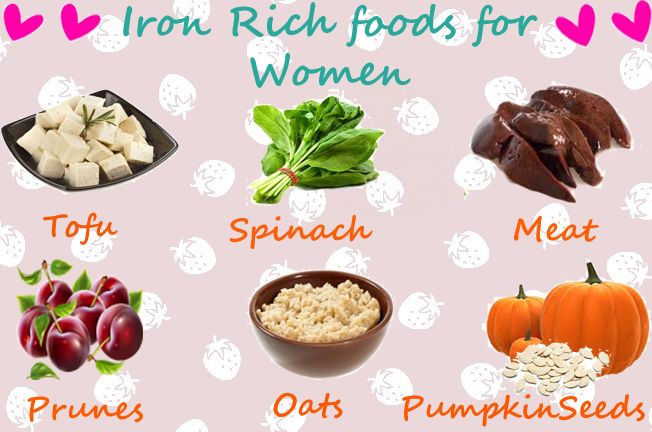
Get the recipe
Lunch/Dinner Ideas (with meat)
rice porridge for babies
Super easy to make, this beef and vegetable rice porridge for babies is easy-to-digest, nutritious, and suitable for 6 months and up.
Get the recipe
Healthy Beef Meatballs
These healthy beef meatballs are made with just 5 simple ingredients and are egg free and dairy free. Tender and flavorful, these are perfect for babies and kids of all ages!
Get the recipe
Baked Quinoa and Mushroom Beef Meatballs
baked meatballs made with ground beef, mushroom, and quinoa. It's the ultimate comfort food that can be enjoyed as is or with pasta, vegetables, salads
Get the recipe
How to Cook Chicken for Babies
Introduce chicken to your baby with confidence with these cooking tips and recipes! Whether you are doing purees, baby led weaning, or both, chicken is a wonderful first food, loaded with iron.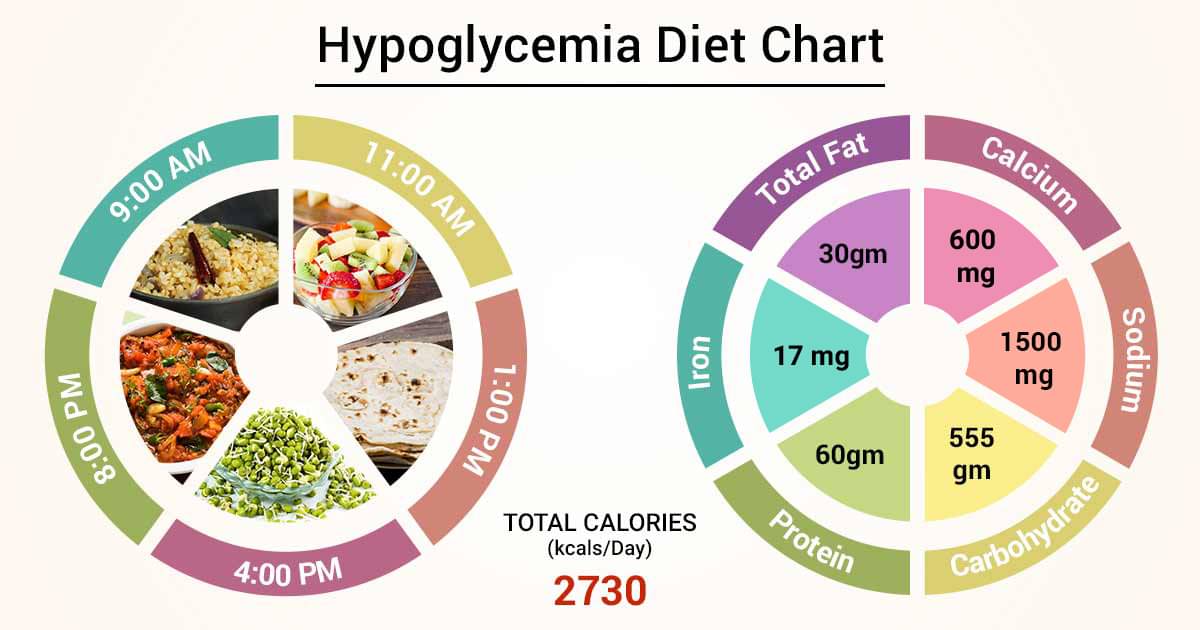
Get the recipe
How to Roast a Turkey Breast
Learn how to roast a turkey breast perfectly for a holiday meal or everyday dinner. Crispy golden brown skin, juicy and flavorful, it's a guaranteed crowd pleaser.
Get the recipe
Turkey Meatballs with rice
These oven baked kid-friendly turkey and rice meatballs are the perfect iron-rich finger food for your baby, children of all ages, and adults!
Get the recipe
Kid-friendly Turkey Beet Meatballs
These oven-baked turkey beet meatballs are quick and easy to prepare, healthy, and most importantly baby and toddler approved!
Get the recipe
Mini Shepherd's Pie Muffins
A quick and easy, baby and kid-friendly twist on an Irish classic comfort food, these mini shepherd pie muffins are filled with beef, vegetables and topped with creamy mashed potatoes
Get the recipe
Pressure Cooker Steak Fajitas
Super juicy and flavorful, this pressure cooker steak fajitas recipe for babies and kids is perfect for busy weeknights.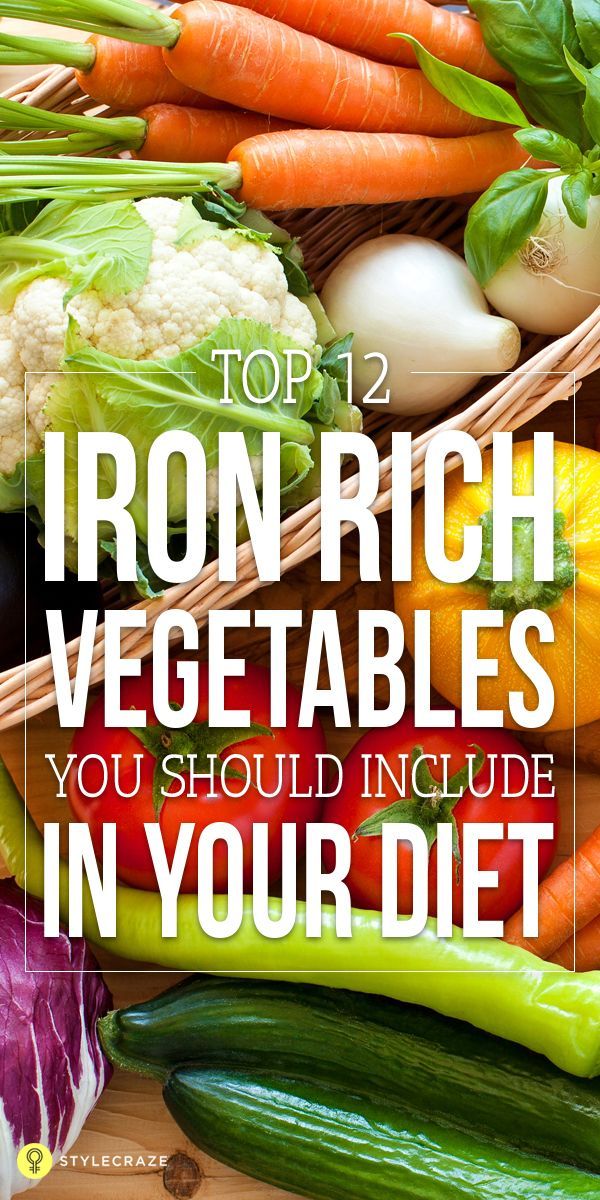
Get the recipe
One Pot Cabbage Lasagna
EASY and healthy no noodle lasagna made in one pot and ready in 30 minutes! This cabbage lasagna is a hearty, oh so comforting meal that the whole family, including your baby, can enjoy together.
Get the recipe
Baby-Friendly Korean Bulgogi
This baby-friendly Korean bulgogi is easy to make and perfect for your baby, toddler, and family! If you’re looking for a baby led weaning recipe and healthy kid friendly meal on a budget, make this today!
Get the recipe
Easy Bolognese with Vegetables
This kid-friendly veggie-loaded meat sauce with ground beef and medley of vegetables is hearty, filling, and nutritious!
Get the recipe
Orange Sesame Chicken with Vegetables
a healthy Asian chicken recipe that’s low in sodium, this skillet orange sesame chicken with vegetables is perfect for babies and the family.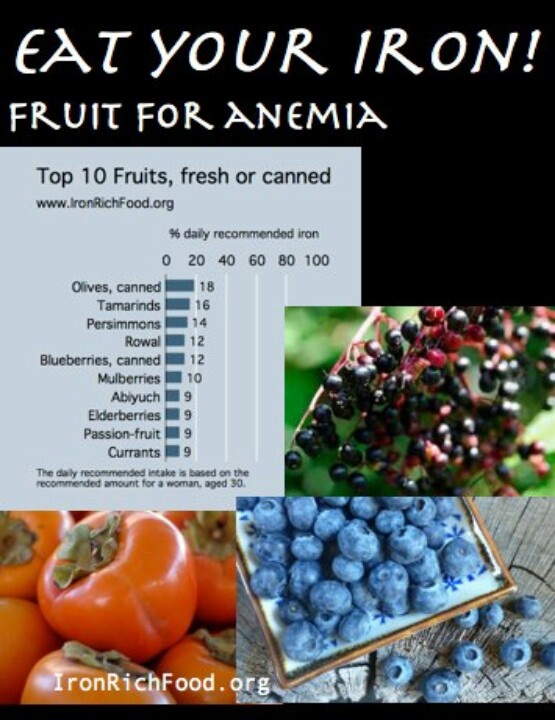
Get the recipe
Low-Sodium Moo Goo Gai Pan
Chinese mushroom chicken stir-fry dish loaded with vegetables! This version is made baby and toddler-friendly with less sodium but plenty flavorful for the entire family to enjoy!
Get the recipe
Vegetable Beef Soup with Cabbage
This vegetable beef soup with cabbage is a healthy comfort meal and makes for a great way to incorporate more vegetables into your baby or kid’s diet.
Get the recipe
Homemade Hamburger Helper
This baby and kid-friendly homemade hamburger helper is made with ground beef, veggies, and staple pantry items. It's the ultimate one pot comfort meal!
Get the recipe
Healthy Korean Beef and Broccoli Quinoa
If you're in search of an easy, healthy weeknight meal, this Korean ground beef and broccoli quinoa is for you! It tastes like bulgogi and this one pot meal is also baby and toddler-friendly!
Get the recipe
Instant Pot Korean Chicken and Potatoes
If you're in need of a quick and easy weeknight family meal, here's an Instant Pot Korean chicken and potatoes recipe that everyone, including babies, will enjoy!
Get the recipe
Healthy Sweet and Sour Meatball Stir-Fry
A healthy, Asian family-friendly meal that you can get on the table in 30 minutes or less! This easy one-pot sweet and sour meatball stir-fry is baby and kid-friendly!
Get the recipe
Easy Stuffed Shells with Meat
These stuffed shells with ground beef and vegetables are a hearty make ahead dinner or freezer meal for the whole family to enjoy!
Get the recipe
Low Sodium Baked Spaghetti Pie
Baked spaghetti pie with ricotta that's healthy and easy to whip up.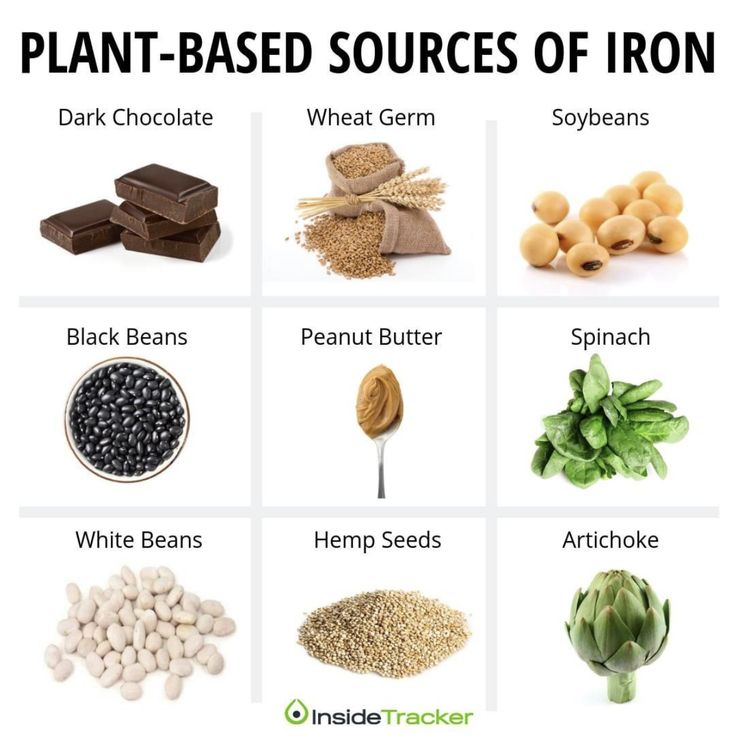 It's the perfect comfort food recipe for the entire family!
It's the perfect comfort food recipe for the entire family!
Get the recipe
Instant Pot Peanut Chicken and Broccoli
Another EASY, 30 minute weeknight meal you can enjoy with your baby and kids! This Instant pot chicken and broccoli is also a great way to continue exposing your child to one of the top food allergens, peanuts.
Get the recipe
Chicken Spinach Quinoa Casserole
A baby and kid-friendly comfort meal you don't want to miss! This chicken spinach quinoa casserole with black beans is super easy to make and loaded with iron and protein.
Get the recipe
Lunch/Dinner Ideas (vegetarian)
Cooking Beans for Babies (3 Methods)
Beans are terrific first foods for babies! Here are three methods for cooking dried beans.
Get the recipe
Iron-rich baby pasta
A baby pasta recipe that is loaded with iron and vegetables!
Get the recipe
Carrot and Lentil Soup
This carrot and lentil soup tastes like you spent hours in the kitchen but only takes 30 minutes to make! It's hearty, nutritious, and super flavorful.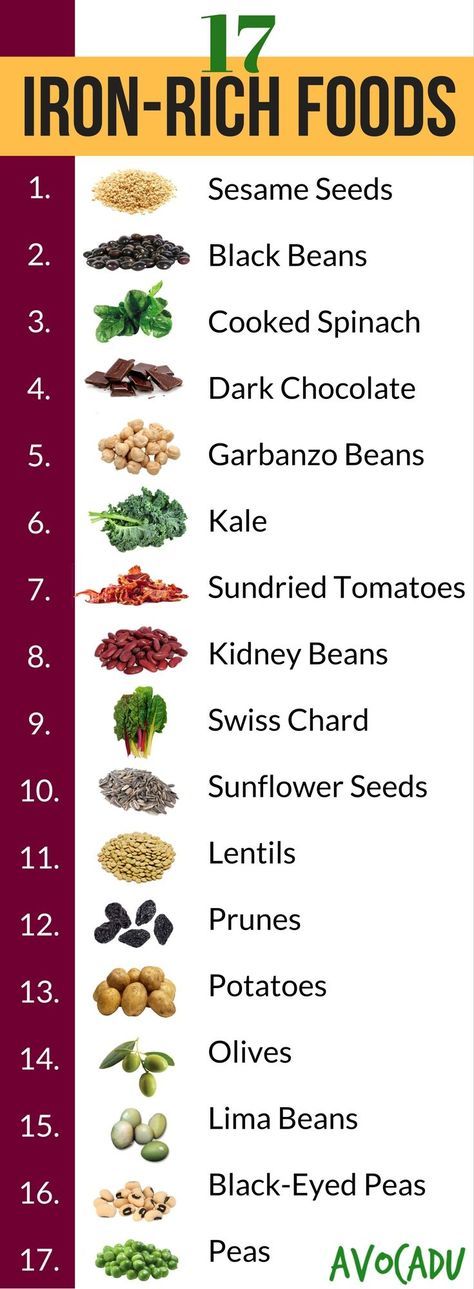
Get the recipe
Slow Cooker Lentil Chili with Chickpeas
Thick and hearty, this vegetarian slow cooker chickpea lentil chili is sure to keep your baby and child happy and nourished. It's also an incredibly iron-rich meal!
Get the recipe
Teriyaki glazed salmon
If you’re looking for a quick and easy salmon recipe for your baby and the entire family, look no further than this teriyaki glazed salmon.
Get the recipe
Vegetarian Sweet Potato Lasagna with Quinoa
This vegetarian sweet potato lasagna with quinoa requires no boiling of noodles and assembly couldn't be easier!
Get the recipe
How to Cook Tofu for Baby Led Weaning
Introduce tofu to your baby with confidence with these cooking tips and recipes! Whether you are doing purees, baby led weaning, or both, tofu is an amazing first food.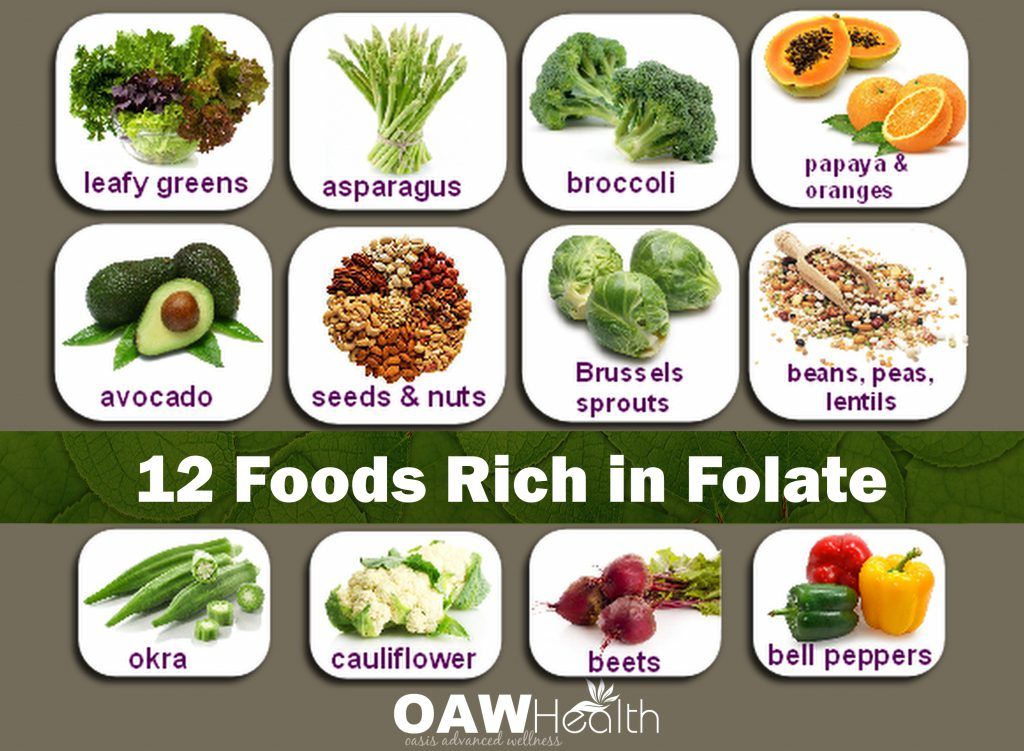
Get the recipe
Non-Spicy Korean Tofu Soup
This non-spicy Korean tofu soup, or sundubu jjigae, is warm and comforting, and perfect for the entire family to enjoy, especially babies and toddlers.
Get the recipe
Vegan Creamy Tomato Pasta
Made with simple pantry ingredients, this vegan creamy tomato pasta is perfect for babies and kids with a dairy allergy. It is super versatile and easy to make!
Get the recipe
One Pot Vegetarian Mexican Lentils
Made with pantry staples like lentils, black beans, and sweet potatoes, this one pot vegetarian mexican lentils is the perfect busy weeknight meal.
Get the recipe
Easy baked shrimp cakes
Super juicy and tender, these baked Asian shrimp cakes are baby and kid-friendly! Of course, the adults can enjoy them too.
Get the recipe
Easy Salmon Bean Salad
This mayo-free, refreshing yet hearty salmon bean salad couldn’t be easier to make! You can serve with crackers, vegetables, bread, salad, cheese, or whatever you fancy!
Get the recipe
Eggplant Lasagna Roll-Ups
This easy, gluten-free baked eggplant lasagna roll ups with meat is the perfect , healthy comfort food that the entire family will enjoy!
Get the recipe
3 Month Meal Plan for Babies
All the images of baby plates you see in this post are exactly what I served my daughter during our first three months of starting solids.
From speaking to hundreds of parents and caregivers, it was clear that the greatest challenge is how to ensure their baby is getting optimal nutrition while trying to juggle everything and get through the day.
It can feel so overwhelming and frustrating. And that's why I created my 3 month program - Baby Led Feeding Journey.
I'm here to hand you a complete roadmap. Everything all in one place.
There's SO much this program offers but don’t take my word for it. You can find out more here as well as hear from other moms who've gone through it.
Do you want to minimize picky eating and set a solid foundation for a lifetime of healthy eating habits?
Check out this 3 month mastering self-feeding program! It’s the closest thing to me being in your kitchen
Parents, These Are The Best Plant-Based Iron Rich Foods for Babies and
Quick Take
We know babies and toddlers need adequate iron to thrive, but parents are still often left with questions about iron for babies, especially if they’re trying to feed their kids mostly plant-based foods. How much iron do small children need? When should parents start incorporating iron-rich foods in their children’s diets? Can you get enough iron on a plant-based diet? And if so, what are the best plant-based sources of iron rich food for babies and toddlers? We cover all of this and more so you can rest easy about meeting your kiddo’s iron needs.
Before We Begin: Make Mealtime Easy with Healthy Kid-Friendly Meals, Delivered (No Cooking Required!)
We've all heard that regularly eating dinner together will improve your family’s health and happiness (even your kiddo’s grades). But let’s get real — life is busy and finding time to plan and cook healthy meals every day isn’t easy. Mama's got your back with this kid-friendly and family-sized bundle. Prepared and healthy meals to heat and eat for your family.
Order MamaSezz Family Bundle now.
On This Page
Why Do You Need to Focus on Iron Rich Food for Babies and Toddlers
How Much Iron Do Babies and Toddlers Need?
Can Kids Get Enough Iron Rich Food From Plants (Plus the Difference Between Animal and Plant Iron?
Top Plant-Based Sources of Iron Rich Food for Babies and Toddlers
Key Takeaways
Why Do You Need to Focus on Iron Rich Food for Babies and Toddlers
OK, well it’s not just babies and toddlers who need iron.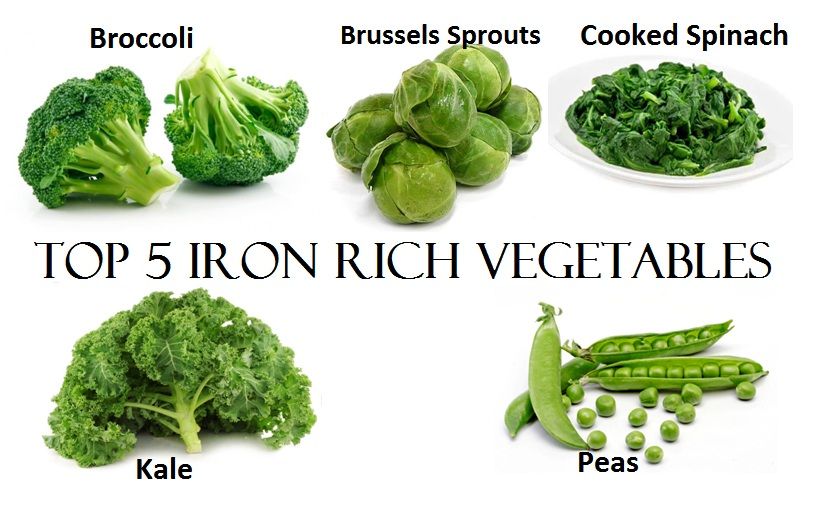 Iron is an important part of any diet, at any age. But iron for babies is especially important for those growing bodies.
Iron is an important part of any diet, at any age. But iron for babies is especially important for those growing bodies.
Iron is an essential mineral that our body uses to support its natural functions. Specifically, it’s a key component in hemoglobin, the molecule that red blood cells use to transport oxygen throughout your body.
If you don’t have enough iron, then your body can't make enough healthy oxygen-carrying red blood cells. This leads to iron deficiency, which for children can look like:
- Pale skin
- Fatigue
- Cold hands and feet
- Slowed growth and development
- Poor appetite
- Abnormally rapid breathing
- Behavioral problems
- Frequent infections
- Pica, a condition in which your child craves non-food items like dust, chalk, etc.
The good news is, most healthy full-term babies are born with enough iron stores in their bodies to last typically about six months. Breastfed babies do better with iron absorption than formula-fed babies for a few reasons.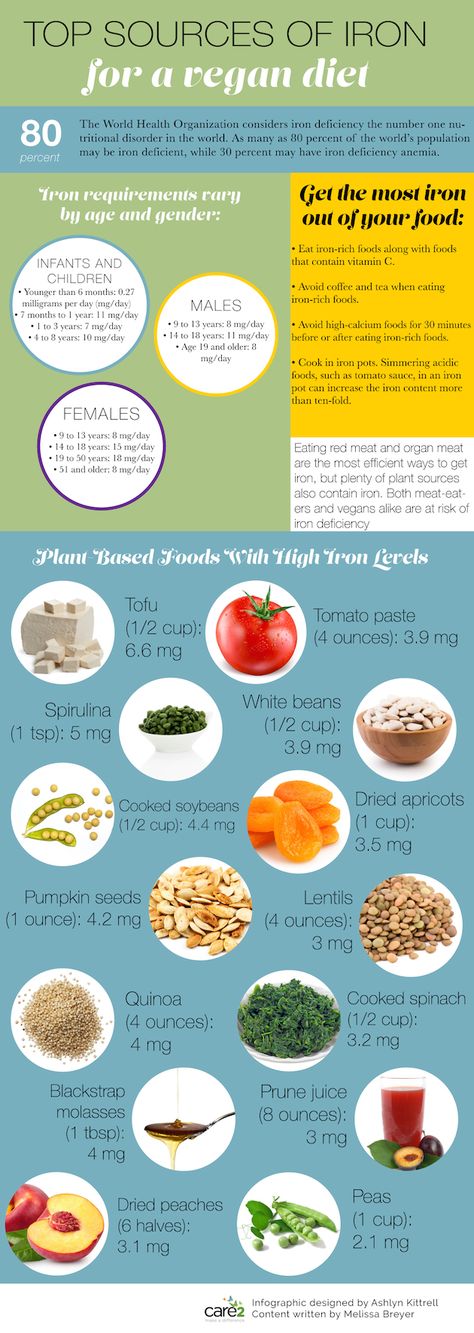 First, the Vitamin C and lactose levels in breastmilk aid in iron absorption. And second, cow’s milk can irritate the intestinal lining, which results in a small amount of bleeding and the loss of iron whereas breastfed babies don’t lose iron through their bowels.
First, the Vitamin C and lactose levels in breastmilk aid in iron absorption. And second, cow’s milk can irritate the intestinal lining, which results in a small amount of bleeding and the loss of iron whereas breastfed babies don’t lose iron through their bowels.
Around 6 months of age, breastfed or not, the iron stores babies are born with typically begin to dwindle, which is why it’s often recommended for parents to focus on iron rich foods for babies when introducing solids (iron deficiency anemia is most common in children aged 9 months to 24 months).
Note: check with your healthcare provider if you’re worried about your child’s iron levels. It is not often recommended you introduce solids before six months of age.
How Much Iron Do Babies and Toddlers Need?
While iron deficiency certainly isn’t good for growing minds and bodies, meeting the iron needs of babies and toddlers isn’t too difficult.
Iron needs for small children are as follows:
- Infants 6–12 months = 11 milligrams of iron a day
- Toddlers 1–3 years = 7 milligrams of iron each day
Can Kids Get Enough Iron from Plant-Based Foods?
There’s a common misconception that in order to get adequate iron from food, we must eat red meat. While yes, steak and other meats are rich sources of iron, there are plenty of plant-based sources, too. Though animal and plant-based sources of iron do differ.
While yes, steak and other meats are rich sources of iron, there are plenty of plant-based sources, too. Though animal and plant-based sources of iron do differ.
Heme vs. Non-Heme Iron — What’s the Difference?
Heme iron is found in animal products, like meat and poultry. Non-heme iron is found in plant-based foods, like legumes and vegetables. Non-heme plant-based iron makes up about 85% - 90% of the iron intakes in Western populations.
Heme iron has a more efficient absorption rate in the body, which is why people often think that meat or other animal sources of iron are superior to plant-based sources. But the absorption rate doesn’t tell the whole story.
First, meat consumption is linked to increased risk of metabolic syndrome, coronary heart disease, atherosclerosis, stroke, type 2 diabetes, Alzheimer’s disease, Parkinson’s disease, arthritis, and cancer.
Second, you can increase your child’s absorption of iron simply by serving more Vitamin C-rich foods alongside their iron-rich plant-based foods.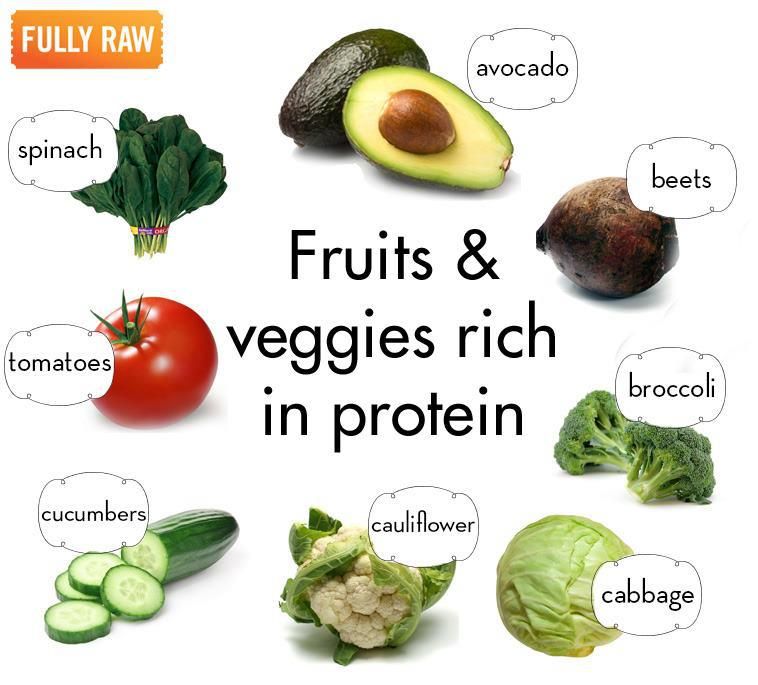 100 mg of Vitamin C (one large orange) alongside your little one’s plant-based iron can increase absorption by 67 percent.
100 mg of Vitamin C (one large orange) alongside your little one’s plant-based iron can increase absorption by 67 percent.
There is also some evidence suggesting vegetarian and vegan children need to consume 1.8 times as much iron as omnivore children, though studies show that vegan children are no more likely to be iron-deficient than any other children.
Like so many things in nutrition, we tend to get bogged down in the details (especially if we’re new parents. The good news is, when it comes to iron for babies, simply offering iron rich foods 2-3 times a day will typically ensure your child is getting all the iron they need.
But what iron rich foods for babies are best if you’re going the plant-based route?
Top Plant-Based Sources of Iron Rich Food for Babies and Toddlers
We asked Registered Dietitian Nutritionist and Licensed Dietitian, Addie Dulaney Majnaric, about the best sources of iron in plants.
Here are some of the best plant-based sources of iron rich food for babies and toddlers, plus our top tips for getting your kiddos to actually eat them:
1.
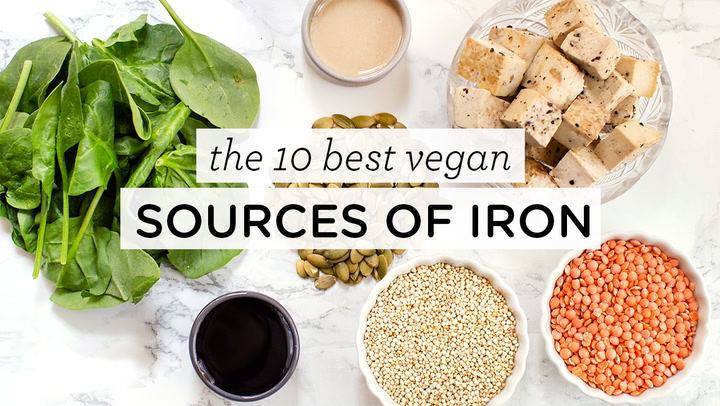 Legumes and Beans
Legumes and Beans- You can serve beans as a finger food once your baby develops the pincer grasp
- Whip up some oil-free hummus and serve it on whole grain toast or with bell pepper strips (for older toddlers)
- No time to cook? Order MamaSezz Millie’s Chili and just heat and eat. It’s the perfect vegan chili for young kids because it’s not spicy. Pro tip for parents with babies and younger toddlers: Strain a big scoop of MamaSezz Millie’s Chili before serving your child to make it into finger food.
2. Tofu
- Your kid doesn’t like tofu? This is the secret to making tofu taste really, really good.
- Skip the chicken nuggets and make tofu nuggets instead. Your little one won’t know the difference and this oil-free healthy vegan tofu nugget recipe from Sarah’s Vegan Guide is super easy to make.
- No time to cook? Order MamaSezz Salt-Free Ricotta Style Mushroom and Tomato Bake and add it to your favorite whole grain or gluten-free pasta for a kid-friendly dinner.
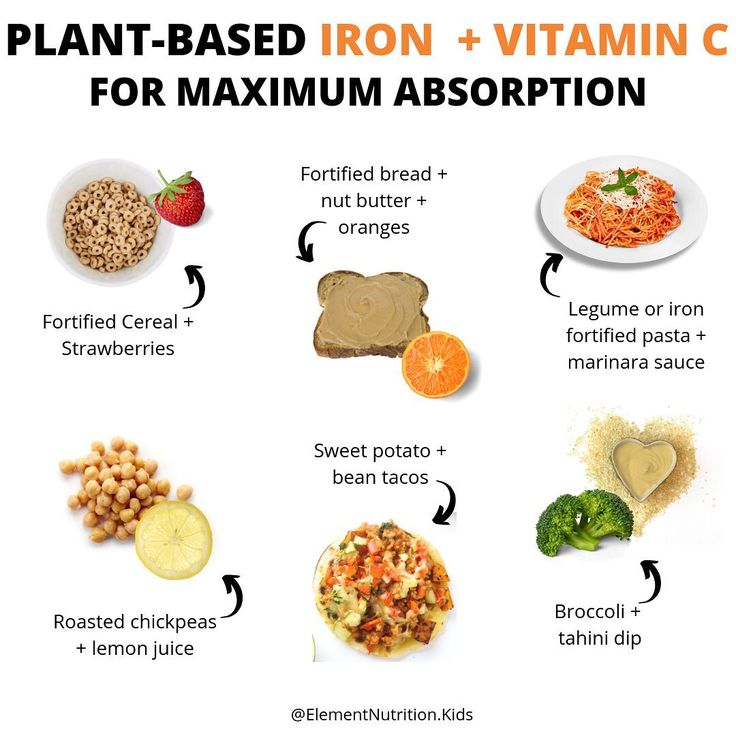 Pro tip for parents with babies and young toddlers: choose short-cut pasta like elbows, ziti, and rotini to make it easier for those little fingers to pick up.
Pro tip for parents with babies and young toddlers: choose short-cut pasta like elbows, ziti, and rotini to make it easier for those little fingers to pick up.
3. Rolled Oats
- You don’t need to buy iron-fortified oats; regular oats (whether quick, rolled, or steel cut) are a great iron rich food for kids as is.
- Try these chewy oatmeal banana pancakes for an iron rich food for toddlers. They’re refined sugar-free and super easy to whip up. You can even make a big batch to freeze then reheat pancakes in the toaster, air fryer, or microwave as needed throughout the week. Score!
- No time to cook? Order MamaSezz Veggie Loaf for a kid-friendly meal that takes 3 minutes to prepare. Top with your favorite refined sugar-free ketchup to make it extra toddler approved. Pro tip for parents with babies and younger toddlers: chop MamaSezz Veggie Loaf into cubes for easy self feeding.
4. Quinoa
- Switch up your kiddo’s morning oats with a big hearty bowl of this cinnamon quinoa.
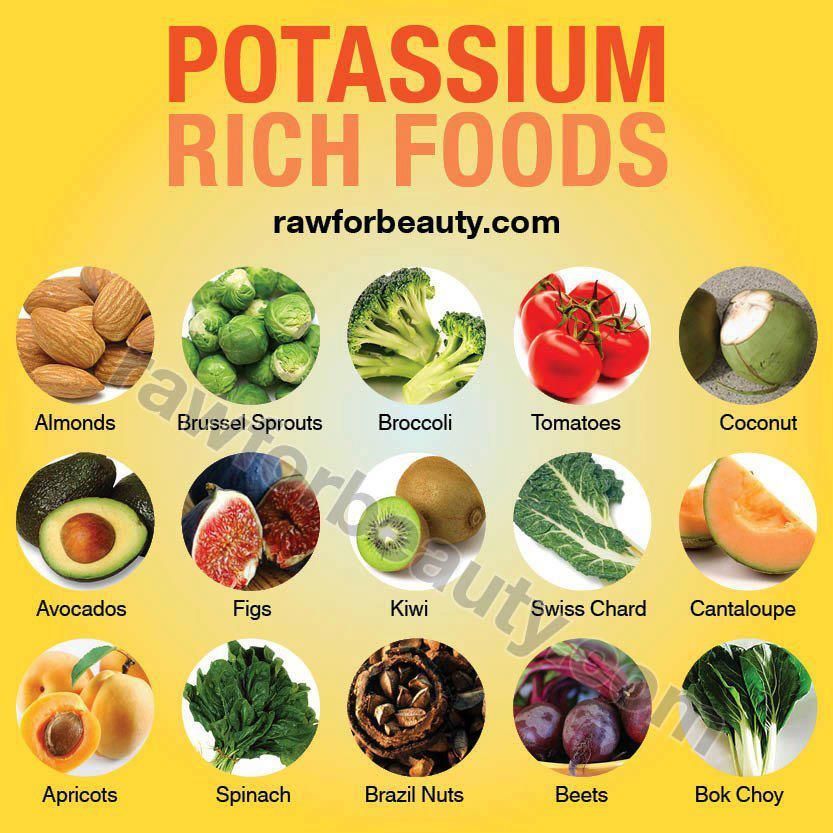
- Keep things simple with this no-recipe lunch or dinner. Simply make quinoa according to package instructions, let cool, and serve with steamed or roasted veggies for a baby-approved stir-fry!
- No time to cook? Order MamaSezz Lentil Dhal With Quinoa and just heat and serve. While traditionally dhal is pretty spicy, our take is fairly mild though did you know pediatric feeding experts recommend babies and toddlers are introduced to multitude of subtle spices and flavors? In fact, exposing your babies to different types of foods can help you avoid having a picky eater later (and help them really enjoy eating!). Just start small!
5. Leafy Green Vegetables (Spinach, Kale, Broccoli, Brussels Sprouts, Cabbage, Collards)
- Make green veggies fun by spreading this creamy green avocado hummus on your child’s whole grain toast.
- Need to sneak greens past your picky eater? Blend leafy greens into your favorite marinara sauce for pasta night and they’ll be none the wiser.
Bonus: the tomatoes are a Vitamin C rich food which means they’ll help your child absorb the iron from the leafy greens.
- No time to cook? Order MamaSezz Creamy Broccoli Soup for a comforting lunch the whole family can enjoy.
6. Nuts and Seeds
- Whole nuts and seeds are considered a choking hazard until the age of four so choose nut and seed butters until then.
- Nuts are a common allergy food so check with your pediatrician on how and when to introduce these to your child, though the standard recommendation is around 6 months.
- Sick of serving peanut butter toast? Order MamaSezz Mama’s Mac for a kid-friendly dinner you don’t have to cook. Made with our delicious cashew cream sauce, it’s the ultimate vegan mac and cheese and our customers tell us it’s even a win for picky eaters.
Key Takeaways
- Whether you’re a full on vegan family or simply trying to feed your kiddos more plant-based foods, you can rest assured that there are great plant-based iron rich foods for kids to choose from, including: beans and legumes, tofu, rolled oats, quinoa, dark leafy greens, nuts and seeds.
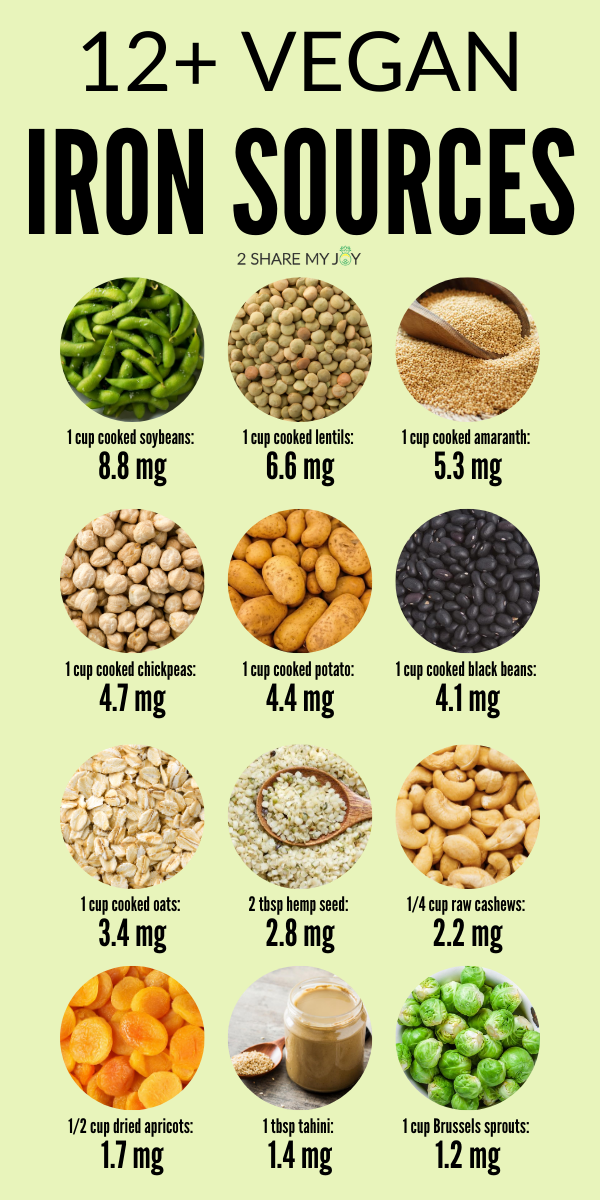
- Non-heme sources of iron (AKA plant-based sources of iron) are better absorbed when paired with Vitamin C rich foods.
- A good rule of thumb to ensure your baby or toddler gets enough iron: offer iron-rich food 2-3 times a day to your child.
- While vegan children don’t appear to be more anemic than any other children, it is sometimes recommended for parents to feed vegetarian and vegan children 1.8 times the iron RDA for kids their age.
- Top plant based sources of iron rich food for babies and toddlers include legumes and beans, tofu, rolled oats, quinoa, leafy dark greens, nuts and seeds.
- No time to prepare iron rich food for babies? Make mealtime easy with the MamaSezz Family Bundle. Ready-made and healthy plant-based meals with all the nutrients your little one needs to thrive. Delivered right to your door, and all you have to do is heat and eat.
By Ali Brown
Ali is a mom, wife, and nutrition and lifestyle writer and editor.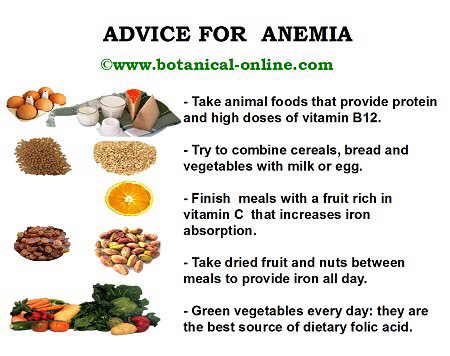 She has her Plant-Based Nutrition Certificate from the T. Colin Campbell Center for Nutrition Studies.
She has her Plant-Based Nutrition Certificate from the T. Colin Campbell Center for Nutrition Studies.
Nutrients most important for vegans
Vegan diets contain nutrients that need special attention. The most common deficiency is vitamin B 12 and D, as well as iodine, so it is necessary to carefully consider where the body will receive them from. Vegans also need to pay attention to getting enough calcium, selenium, omega-3 fatty acids and vitamin A. Getting the right amount of proteins (including all essential amino acids), vitamin B 2 , iron and zinc are provided if the menu is based on the principle of balance (eating different foods from all plant food groups), as well as other principles of plant nutrition indicated above.
Vitamin B 12
Vegan sources of vitamin B 12 are dietary supplements and foods fortified with this vitamin. No unfortified non-animal food contains vitamin B 12 in a form digestible for the body.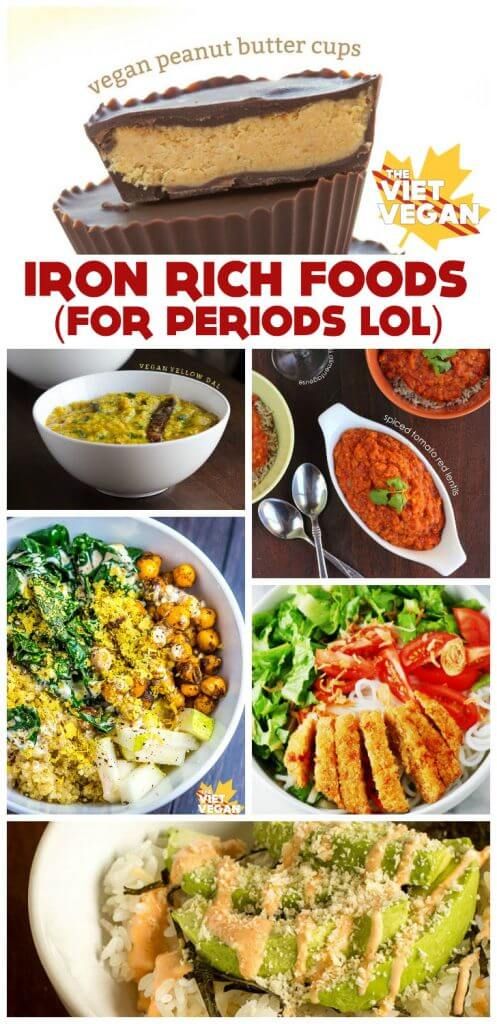 Examples of foods fortified with vitamin B 12 are the corresponding vegetable drinks and yeast flakes.
Examples of foods fortified with vitamin B 12 are the corresponding vegetable drinks and yeast flakes.
Vitamin D
Vitamin D can be produced to some extent by the human body when exposed to sunlight. In our latitudes, this can only be expected in the summer months, in other cases, the best sources are certainly nutritional supplements. Although vitamin D is added, for example, to fortified vegetable drinks, the amounts contained in it are not sufficient to meet the requirement. Since vitamin D is a fat-soluble vitamin, drinking only water fortified with vitamin D (and other drinks with no or minimal fatty acids) does not help replenish the body's stores. nine0007
Therefore, it is recommended to take vitamin D oil as a dietary supplement throughout the year.
Lichen-derived vitamin D 3 and vitamin D 2 are suitable for vegans.
Iodine
Vegans have three good sources of iodine: seaweed, iodized salt, and iodine supplements.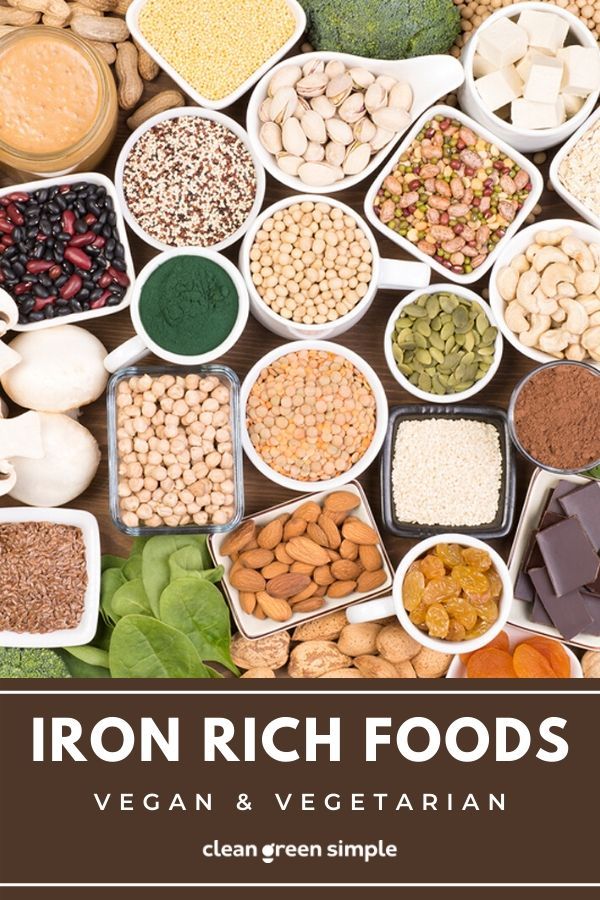 If none of these three are included in the daily diet, vegans' iodine intake may be deficient and likely to be only one-third to one-half of the recommended amount. nine0007
If none of these three are included in the daily diet, vegans' iodine intake may be deficient and likely to be only one-third to one-half of the recommended amount. nine0007
The amount in algae can vary greatly by species and also within a particular species, so the iodine content of a particular product should be known to avoid both over- and under-nutrition. Due to the high variability in iodine content, it is not recommended to rely solely on algae for iodine.
For a significant portion of the world's population, the problem of getting enough iodine has been solved by the use of iodized salt, and salt iodization is mandatory in many countries. If you add salt, then you should give preference to the iodized version. However, since people generally consume too much salt, this may not be the best way to meet their iodine needs. Thus, iodine supplements are the most convenient and easy solution for vegans, as they contain a certain amount of iodine and thus prevent excessive salt intake.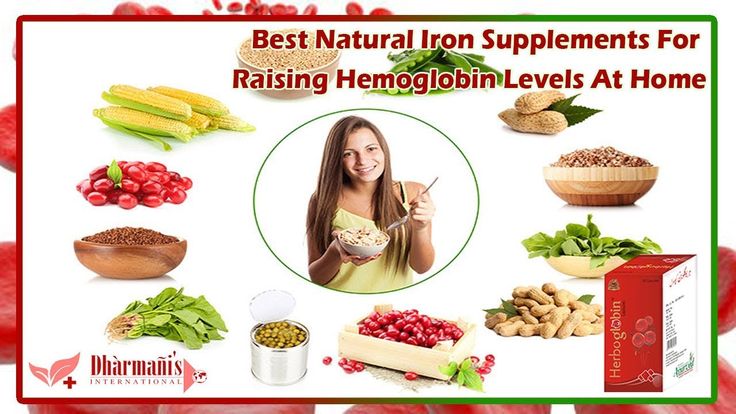 nine0007
nine0007
Iron
When iron is obtained, all groups of plant products work as a single whole. Legumes, nuts, seeds, and grains are good sources of iron, and fruits and vegetables rich in vitamin C help you absorb non-heme iron better when eaten at the same meal as iron-rich foods. People at risk of iron deficiency are advised to avoid drinking tea, coffee, and cocoa with meals, as the compounds they contain interfere with iron absorption. It should also be borne in mind that iron in plant products is absorbed worse, and, therefore, the need for iron may be slightly higher than in omnivorous people. The best sources of plant-based iron are seeds, legumes, raisins, bread, whole grains, buckwheat, and strawberries. nine0007
Calcium
Calcium is found in almost all plant foods, although mostly in small amounts. Vegans can meet their calcium needs by eating calcium-rich plants. Although the calcium content can be significant in the case of some plants, it should be borne in mind that they may contain compounds that hinder the absorption of calcium. Consuming fortified plant-based drinks and tofu enriched with calcium salts makes it easier to get enough calcium. Vitamin D promotes the absorption of calcium. nine0007
Consuming fortified plant-based drinks and tofu enriched with calcium salts makes it easier to get enough calcium. Vitamin D promotes the absorption of calcium. nine0007
Most green leafy vegetables, broccoli, almonds and other nuts, tahini, sesame and chia seeds, figs, oranges, tangerines, white beans, soybeans, chickpeas contain calcium.
Selenium
The content of selenium in products depends on the growing soil. Because soils in Northern Europe are quite poor in selenium, local vegans are encouraged to eat a few Brazil nuts a day to ensure they get the amount they need. Sunflower seeds are also a good source of selenium. nine0007
Zinc
The best sources of zinc are those plant parts from which new life begins, such as legumes, nuts, seeds and cereals. There are compounds in plants that impair the body's absorption of zinc, so the recommended zinc intake for vegans is slightly higher (25-30%) than for an omnivore.
Essential Fatty Acids
Alpha-linolenic acid (ALA) is an essential omega-3 fatty acid found in plant-based foods. The daily requirement of ALA is covered by about one tablespoon of ground flaxseed or whole chia or hemp seeds, a handful of walnuts, or 2-3 tablespoons of canola oil added during cooking. The human body uses ALA to produce the long-chain omega-3 fatty acids eicosapentaenoic acid (EPA) and docosahexaenoic acid (DHA). The efficiency of converting ALA to long-chain fatty acids (EPA and DHA) depends on gender, age and individual characteristics, as well as nutrition. Low energy content in food, inadequate intake of proteins, vitamin B 6 , biotin, calcium, copper, magnesium or zinc, as well as high levels of linoleic acid (LA, an omega-6 fatty acid) and trans fats in the diet impair the synthesis of EPA and DHA. Because vegetarian menus can be high in LA (from nuts, seeds, grains, and vegetable oils), limiting omega-6-rich oils to achieve an optimal ratio of omega fatty acids and promote the conversion of ALA to long-chain omega-3 fatty acids is essential. (sunflower, corn, soybean, safflower oil), tropical oils high in saturated fatty acids (coconut, palm and palm kernel oils) and trans fats.
The daily requirement of ALA is covered by about one tablespoon of ground flaxseed or whole chia or hemp seeds, a handful of walnuts, or 2-3 tablespoons of canola oil added during cooking. The human body uses ALA to produce the long-chain omega-3 fatty acids eicosapentaenoic acid (EPA) and docosahexaenoic acid (DHA). The efficiency of converting ALA to long-chain fatty acids (EPA and DHA) depends on gender, age and individual characteristics, as well as nutrition. Low energy content in food, inadequate intake of proteins, vitamin B 6 , biotin, calcium, copper, magnesium or zinc, as well as high levels of linoleic acid (LA, an omega-6 fatty acid) and trans fats in the diet impair the synthesis of EPA and DHA. Because vegetarian menus can be high in LA (from nuts, seeds, grains, and vegetable oils), limiting omega-6-rich oils to achieve an optimal ratio of omega fatty acids and promote the conversion of ALA to long-chain omega-3 fatty acids is essential. (sunflower, corn, soybean, safflower oil), tropical oils high in saturated fatty acids (coconut, palm and palm kernel oils) and trans fats.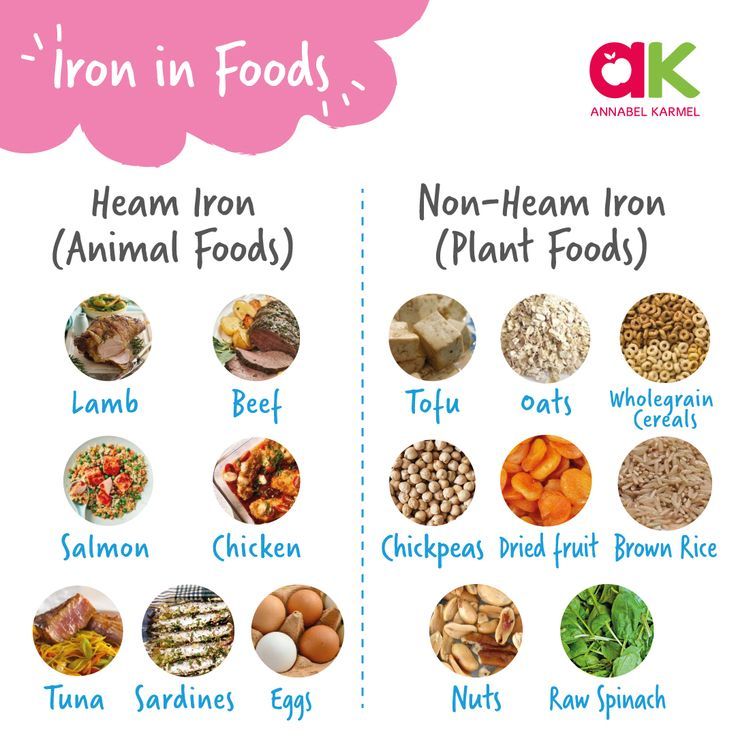 DHA is an essential component of nerve cells and retinal membranes, so consuming the right amount of DHA is especially important during pregnancy and lactation, as well as for brain health in old age, so vegans are advised to consume 2-3 times a week 250 mg of microalgae oil, rich in DHA. nine0007
DHA is an essential component of nerve cells and retinal membranes, so consuming the right amount of DHA is especially important during pregnancy and lactation, as well as for brain health in old age, so vegans are advised to consume 2-3 times a week 250 mg of microalgae oil, rich in DHA. nine0007
Vitamin A
All sources of vitamin A are of animal origin, but plant foods contain beta-carotene, a precursor to vitamin A, and beta-carotene is converted to vitamin A in the body. The most concentrated sources of beta-carotene are carrots and sweet potatoes, as well as dark green leafy vegetables such as cabbage and all kinds of green, red, dark yellow fruits and vegetables. If they are not included in the menu on a regular basis, you may not be getting enough vitamin A. Also, be aware that the body needs fats to absorb beta-carotene. nine0007
Proteins, incl. essential amino acids
The protein content of plant foods is generally lower than that of animal foods. In addition, the digestibility of plant proteins is worse than that of animal proteins due to some compounds found in plants. Therefore, during periods of increased need for protein (pregnancy, breastfeeding), it is especially important to pay attention to sufficient protein intake. It is recommended to vary the different plant protein sources to ensure that you are getting enough of the various essential amino acids. The richest sources of protein for vegetarians, including essential amino acids, are legumes (beans, peas, lentils, soybeans), nuts and seeds, cereals, buckwheat and quinoa. With a balanced and varied diet, getting enough protein and all the essential amino acids will not be a problem for vegans. nine0007
In addition, the digestibility of plant proteins is worse than that of animal proteins due to some compounds found in plants. Therefore, during periods of increased need for protein (pregnancy, breastfeeding), it is especially important to pay attention to sufficient protein intake. It is recommended to vary the different plant protein sources to ensure that you are getting enough of the various essential amino acids. The richest sources of protein for vegetarians, including essential amino acids, are legumes (beans, peas, lentils, soybeans), nuts and seeds, cereals, buckwheat and quinoa. With a balanced and varied diet, getting enough protein and all the essential amino acids will not be a problem for vegans. nine0007
Vitamin B 2
A balanced and varied plant-based diet usually contains sufficient vitamin B 2 . The best sources of most B vitamins are yeast flakes, sources of vitamin B 2 are mushrooms, almonds, cashews, green leafy vegetables, broccoli and fortified vegetable drinks.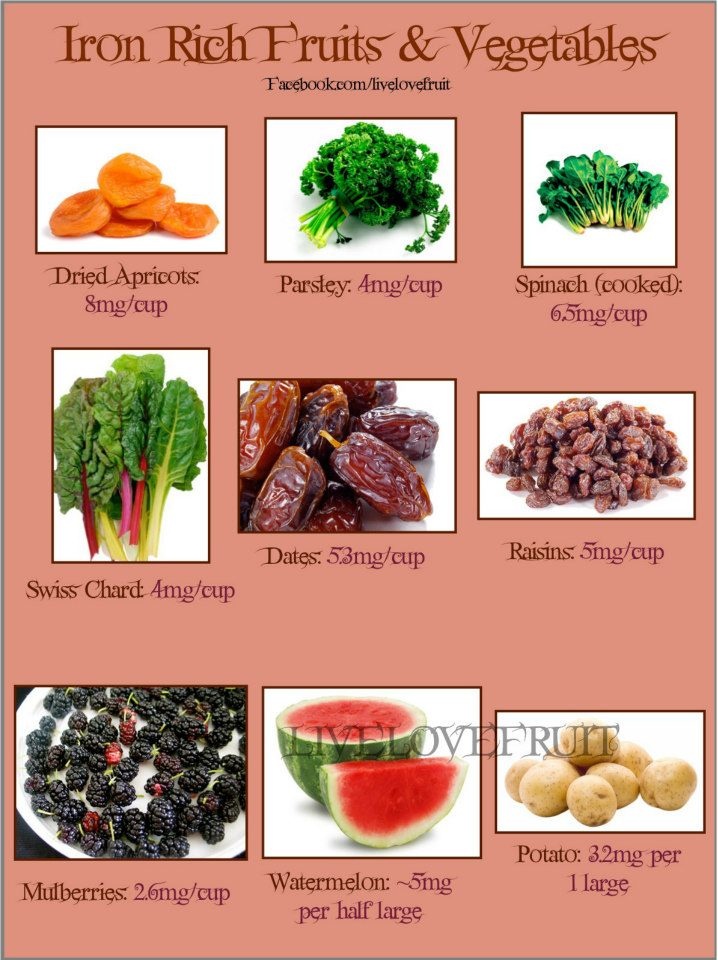
Fiber
Vegetarian meals based on high-fiber natural foods such as whole grains, fruits and vegetables (including legumes), berries and nuts usually contain sufficient fiber. However, the high fiber content of plant foods and some other substances may interfere with the absorption of proteins and/or the absorption of certain minerals. nine0007
Summary recommendations for vegetarians to prevent nutritional deficiencies.
11 IRON-RICH FOODS FOR BABY! MedUnion will tell you!📝
Everyone knows that young children are picky eaters, but there are many iron-rich foods that even the most capricious kids will appreciate.
Small children refuse food for various reasons - maybe it is too red or too green, too mushy, etc. Parents of course worry about the lack of nutrients that growing bodies of babies need. nine0007
Iron deficiency is a fairly common problem in children and about 8 percent of babies are estimated to be iron deficient.
In this article, you'll learn how much iron babies need, 11 iron-rich foods, and recipes and ways to include these foods in your baby's diet.
WHAT AMOUNT OF IRON DO BABY NEED?
According to the National Institutes of Health, children should receive the following amount of iron in milligrams (mg) daily:
- Infants 7-12 months 11 mg
- Infants 1-3 years 7 mg
- Children 4-8 years 10 mg
babies eat.
There are two types of iron: heme and non-heme. Heme iron is found only in animal products such as meat and seafood. Non-heme iron is found in plant foods and fermented foods. nine0007
Both forms of iron can help a person meet their daily iron requirement. However, heme iron is more easily broken down by the body. For this reason, people who get iron from non-animal sources, including vegans, vegetarians, and picky toddlers, should consume 1.8 times the amount of iron recommended for their age group.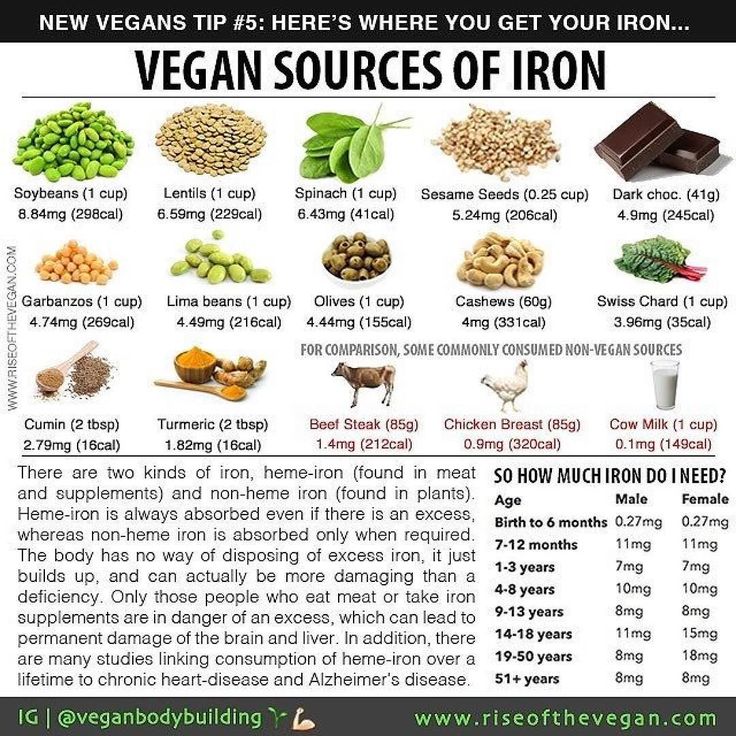
11 FOODS WITH THE MOST IRON
Oatmeal is a rich source of iron for babies
Many children are incredibly naughty and will refuse to eat many times before they start eating, so don't be discouraged and continue to offer healthy food.
For a balanced diet, change your iron sources more often and encourage your little ones to try different foods.
Almost all babies love foods that are an excellent source of iron, for example:
- 1. Iron-fortified breakfast cereals
Many breakfast cereals are fortified with iron. They usually contain 100 percent of the daily value of iron for adults. The iron content can be found on the packaging. nine0007
Remember that many breakfast cereals are high in sugar and salt. This type of breakfast can be given occasionally as a treat or in small portions with a balanced diet.
- 2. Oatmeal
Oatmeal is a nutritious snack that many children love.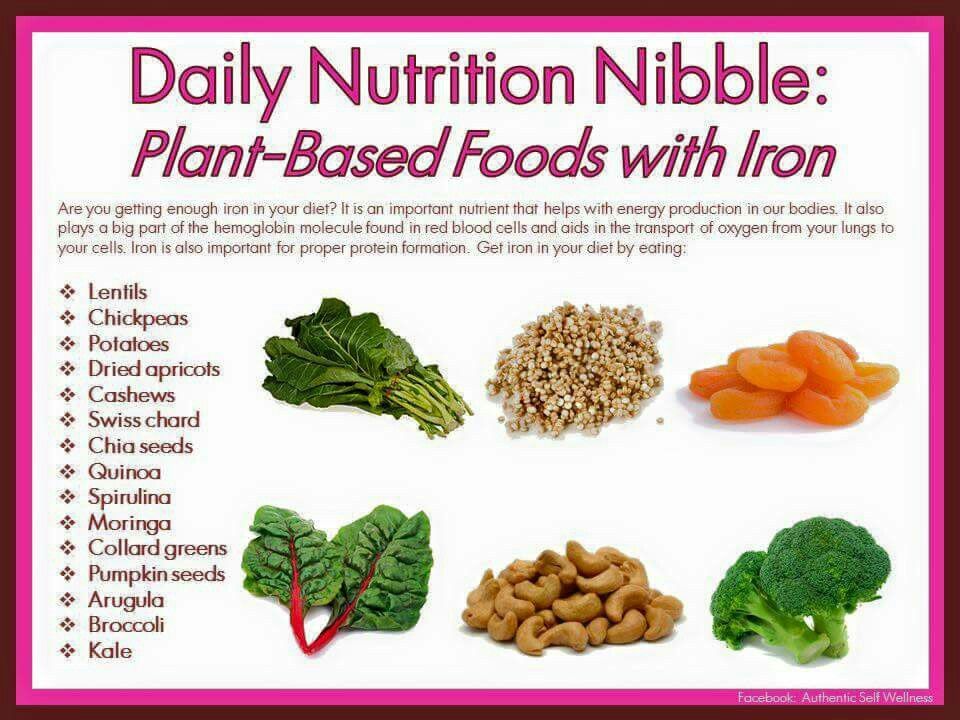 According to one source, 0.75 cups of oatmeal contains about 4.5 - 6.6 mg of iron.
According to one source, 0.75 cups of oatmeal contains about 4.5 - 6.6 mg of iron.
Oatmeal is also rich in fiber, which is good for children with digestive problems, including constipation. nine0007
To make porridge more appetizing, sprinkle it with cinnamon, a little brown sugar and a handful of raisins.
- 3. Meat
All meat products are rich in iron. While many toddlers often refuse meat, there are a few ways to convince them to give it a try:
- Use fun cutters to cut meat products. The iron content can be increased by placing a piece of cold cuts on white bread, which will add another 1 mg of iron. nine0132
- Try chicken nuggets. Many toddlers who refuse meat enjoy eating chicken nuggets. However, be careful as they are high in salt and saturated fat.
- Try mixing ground beef or duck with a little milk before cooking for a creamier texture that many babies love.
- 4. Peanut Butter Sandwiches
The amount of iron in peanut butter varies by brand, but typically contains about 0.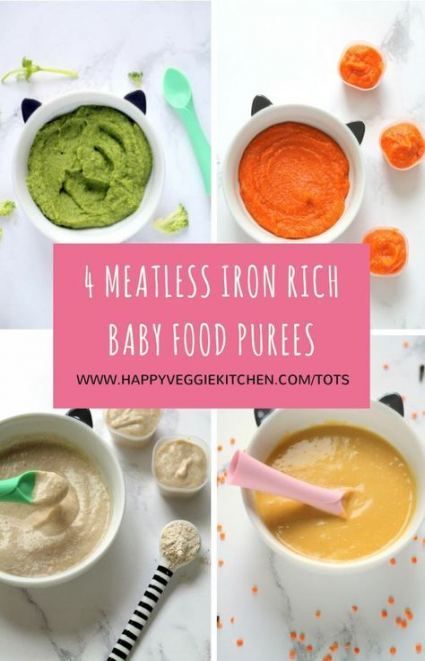 56 mg of iron per teaspoon. To get extra iron, you can make a sandwich with white bread, which will provide another 1 mg of iron. nine0007
56 mg of iron per teaspoon. To get extra iron, you can make a sandwich with white bread, which will provide another 1 mg of iron. nine0007
Peanut butter is also high in protein, which is a great option for kids who don't eat meat.
Peanut butter and honey or banana sandwiches can be made as an alternative to cookies and other low-nutrient snacks.
- 5. Dark Chocolate
Dark chocolate is a rich source of antioxidants and helps your baby get the right amount of iron. Second after meat, dark chocolate is one of the richest foods in terms of iron content, containing 7 mg of iron per 90 grams of product.
Some children do not like the bitter taste of dark chocolate. You can try melting it and mixing it with peanut butter and then spreading it on bread.
- 6. Eggs
A hard-boiled egg contains 1 mg of iron. Many children love to peel eggs from the shell. Snacking can be made even more fun by coloring the eggs first.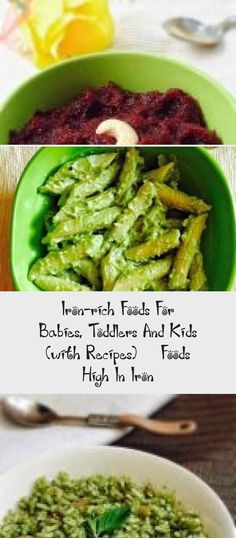
If your little one doesn't like hard-boiled eggs, try scrambled eggs instead, or you can use funny animal molds. nine0007
Some children like fried egg sandwiches. Lightly fry the egg, then place it on a piece of bread and add some ketchup.
- 7. Legumes
Legumes are an excellent source of iron. White beans are considered to be one of the richest sources of iron and contain 8 mg per serving.
To get kids to eat legumes, use the following recipes:
- Cook beans and potatoes, mash them and add some cinnamon
- Beans can be shaped into patties or put on bread
- 8. Nuts
Nuts, including cashews and pistachios, are an excellent source of iron, protein and other essential nutrients.
However, nuts can pose a risk of choking in children, so do not give whole nuts to children who are just learning to chew.
You can make nut crumbs or spread nut butter on crackers or whole grain bread.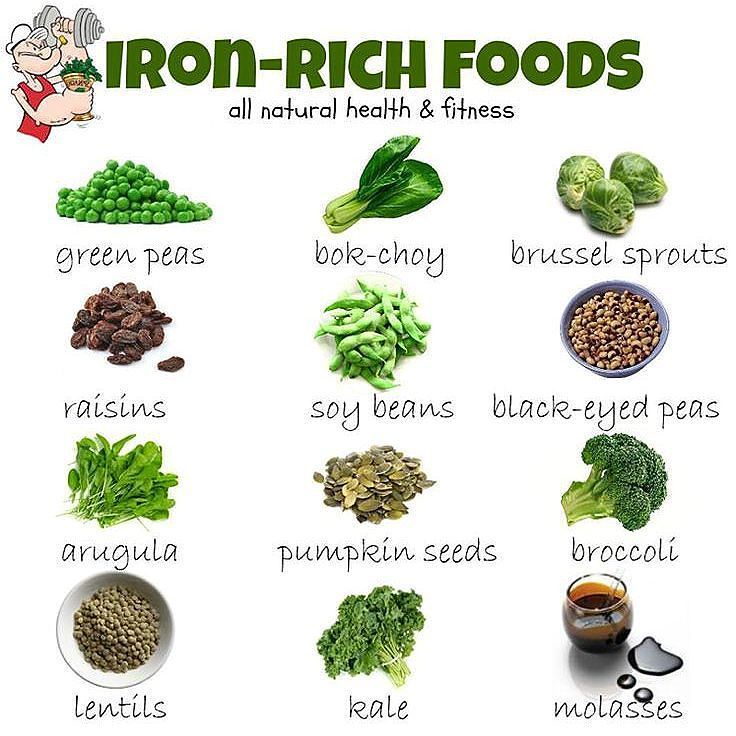 nine0007
nine0007
- 9. Fish
Try including fish in your baby's diet as it is highly nutritious and a great source of protein, and some species such as mackerel and salmon are high in omega-3 saturated fatty acids, which are good for brain work.
Canned tuna contains 1 mg of iron per serving. You can make tuna crackers or put it on bread.
Canned tuna is also suitable for children who like to dip one food into another. You can mix tuna with avocado for a creamier texture that's easy to dip into crackers or chips. nine0007
- 10. Vegetables
Children refusing to eat vegetables is a common problem. Try making a vegetable smoothie for a nutritious, iron-rich snack that even the pickiest of kids will love.
You can try the following recipes:
- Boil and puree spinach. Spinach contains 0.81 mg of iron per cup. Next, mix it with watermelon, frozen blueberries, raspberries and a slice of avocado for a hearty and nutritious smoothie.
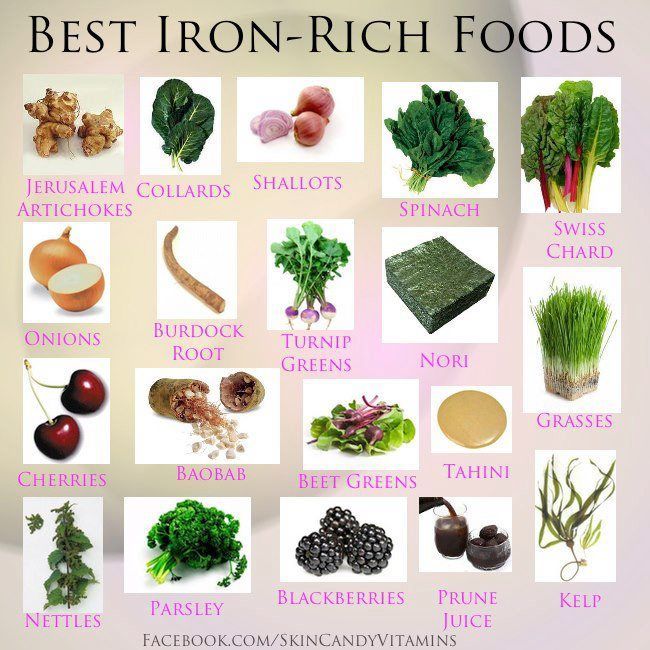 nine0132
nine0132 - Mix a teaspoon of honey with mashed broccoli, chard, honey melon and figs for a delicious treat.
- 11. Fruits
Some fruits are excellent sources of iron.
- Raisins, 4 mg
- Dried apricots, 3.46 mg
- Red-skinned cherries, 0.71 mg
- Diced watermelon, 0.936 mg0132
Fruit smoothie tastes even better when mixed with a little yogurt and honey.
Your baby's favorite fruit can be made into popsicles. Freeze fruit puree for 2-3 hours and enjoy healthy iron-rich ice cream.
WHAT ARE THE SIGNS OF IRON DEFICIENCY IN CHILDREN?
Low energy levels in babies can be a sign of iron deficiency
If you are concerned that your baby may be iron deficient, don't wait until symptoms appear. See your doctor to have your baby's blood tested for iron. Continue giving your child iron-rich foods and ask your doctor to prescribe an iron supplement. nine0007
The American Academy of Pediatrics recommends that babies and young children be tested for iron deficiency at 9-12 months of age and again at 15 months of age.


